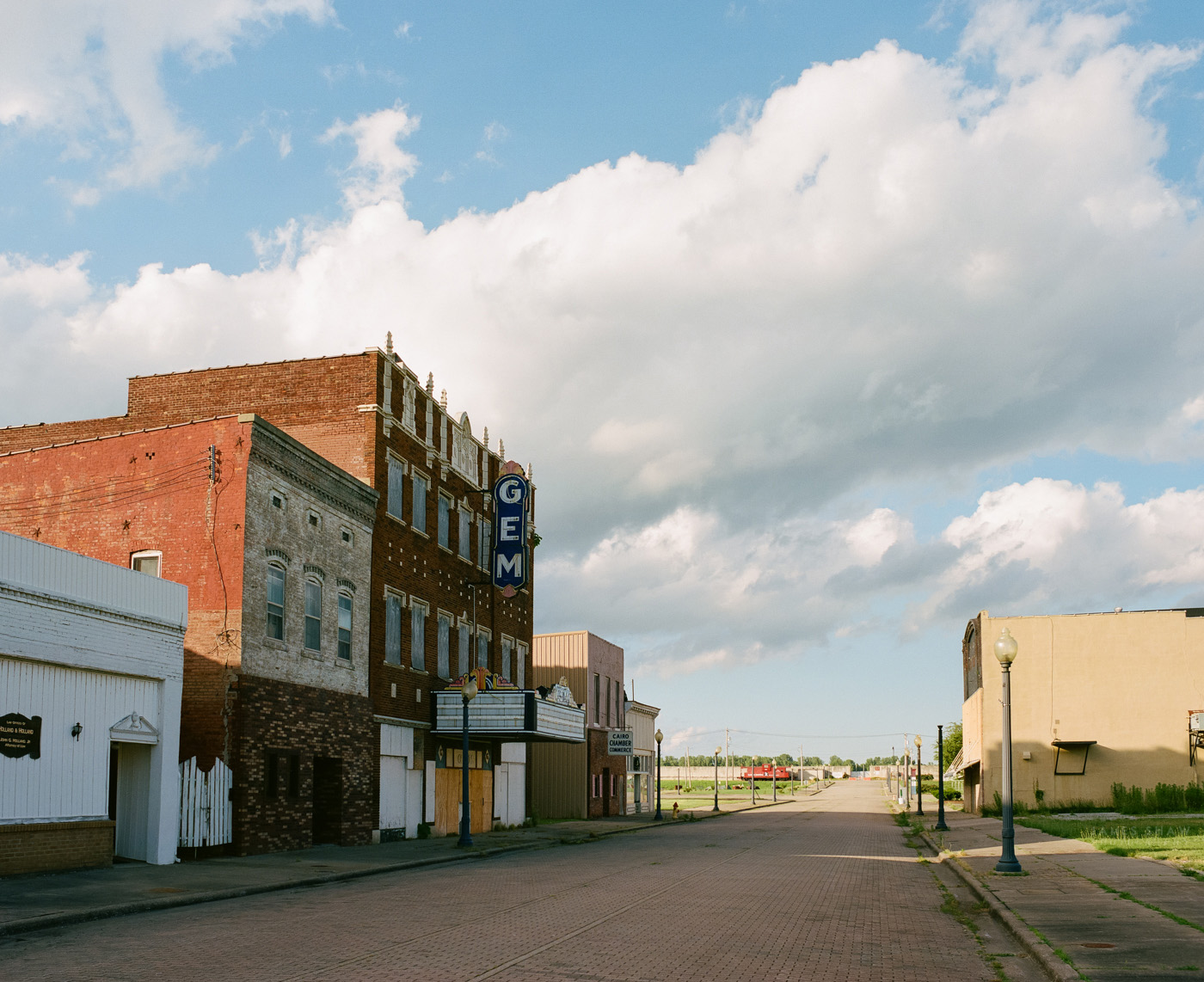Tracing my family roots to a ghost town on the Mississippi
I’ve long been fascinated by the small, mostly abandoned town of Cario, Illinois.
Nestled between the mighty Mississippi and Ohio rivers, Cairo was a boom town at the turn of the century, a beautiful place that played an important role on America’s original super highway. It is now a ghost town. A perfect storm of economic and social factors ultimately killed this place, and from what I’ve seen, there’s no saving it. But more on that later.
This is a project years in the making. In its most basic form, I wanted to trace my family history from New Orleans to Cairo, hitting all the small river towns in between. My great grandfather, Captain James Guy Mallory, was one of the youngest Captains ever licensed to navigate the entire length of the Mississippi River - a big deal in his day. His career would start in Cairo and end in New Orleans, the place my family still calls home.
In its most simple form, this is a project to trace back two branches of the family tree and find out where they came from. It is a road trip through the rural and often forgotten south in search for something familiar.
This is a trip not just about Cairo, but the journey itself.
…the journey that many in my family would have seen and lived. This is a journey about the south, about change, about decay, and what it says about us all. This story is not unique to the south. Times change, people move on. I learned that more than anything, this is a cautionary tale. Economies shift, money moves. It’s entirely arrogant to think that this can’t happen on a national scale.
A note on this project
This is an ongoing project. My goal is to make multiple trips up to Cairo, hopefully bringing something new back each time. All of the photos you see here were shot on film, using a combination of medium format, 35mm, and instant film. I will continue to update this project as it continues to evolve.
All of the “old” photos you see we’re found in my grandparent’s collection. Please enjoy.
James Guy Mallory, Jr. was from Cairo. Grace Leonore Chapman was from Georgetown.
Their story would begin and end in New Orleans.
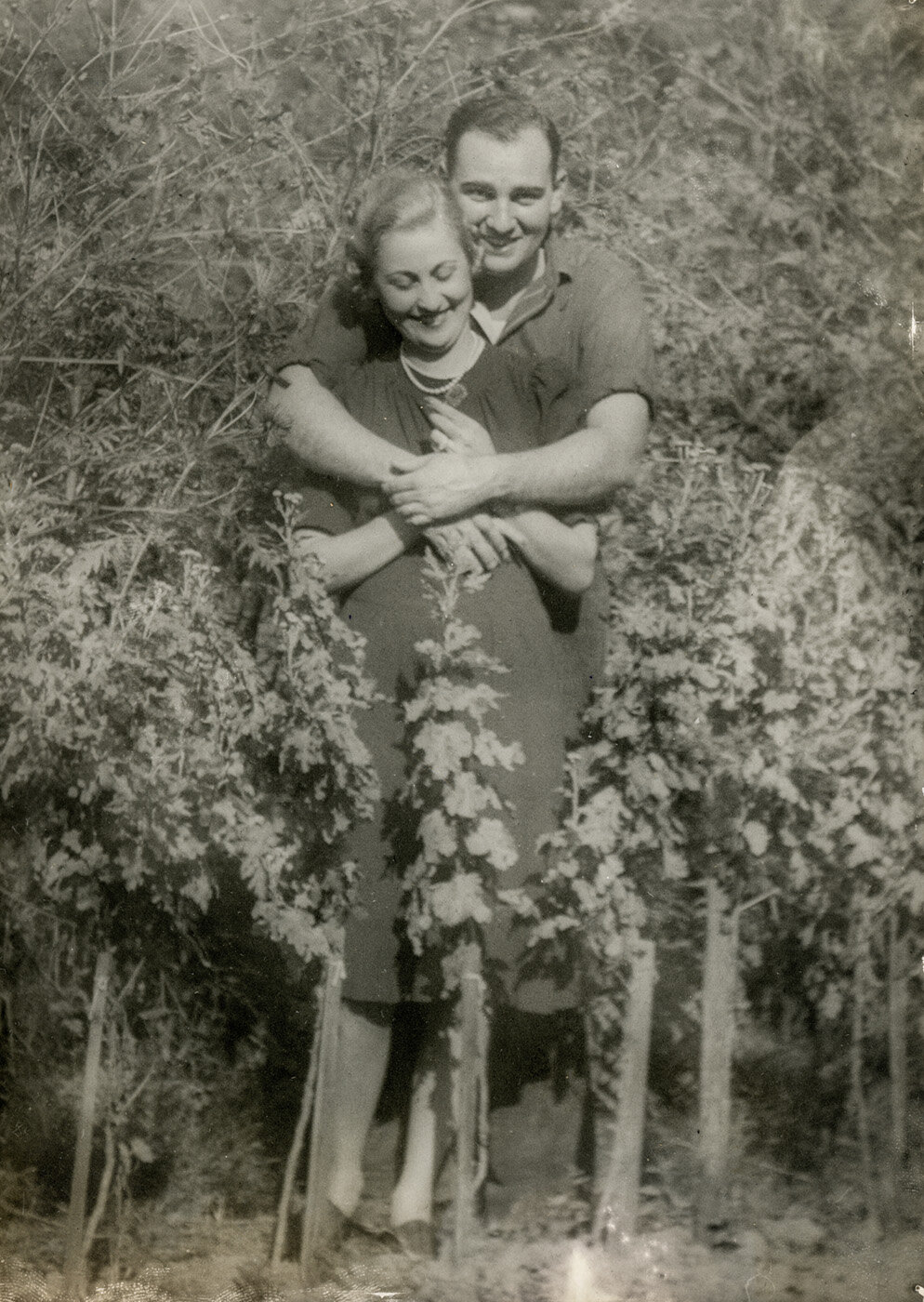







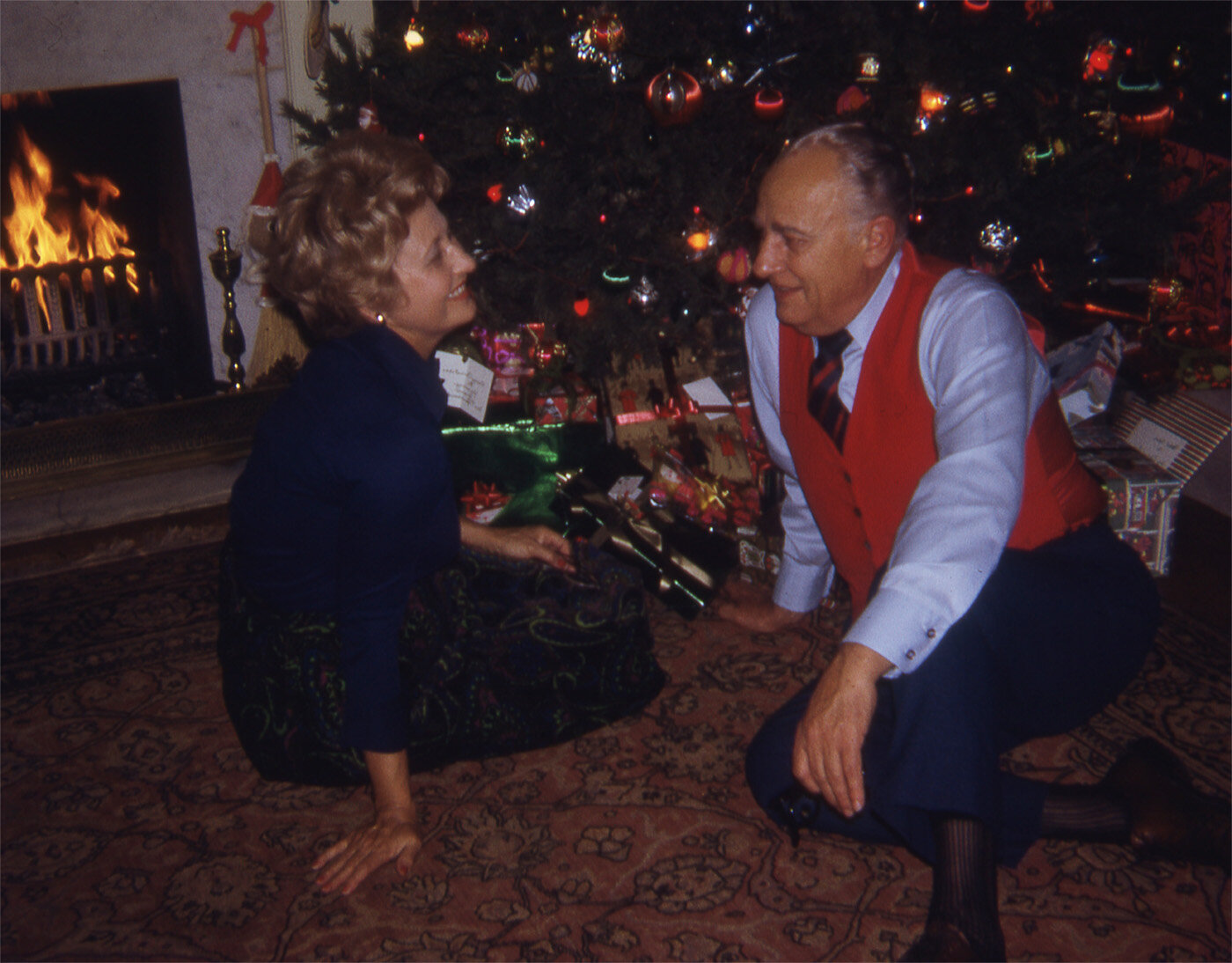
My Grandparents over the years
Piney woods outside of Georgetown, Mississippi
Georgetown, Mississippi is just another small town that died a long time ago.
Only two and a half hours up the road from New Orleans sits the sleepy little town of Georgetown, Mississippi. My grandmother, Grace Chapman, was born in Georgetown in 1915. She was the sixth of seven babies. She graduated Georgetown High School in 1932 and went on to attend the nearby Copiah Lincoln College. She later moved to New Orleans, but she always returned to Georgetown in the summers to visit her mother.
Even in its heyday Georgetown was little more than a village, but like so many towns like it, whatever industry kept it alive is long gone. There’s hardly anything left. No school, no grocery store, no nothing. It’s surrounded by the beautiful Copiah Creek and Pearl River.
The house where my grandmother was born in 1915. It’s in surprisingly decent shape compared to the rest of the town.
The schoolhouse where my grandmother graduated high school in 1932.
My mother and two of her sisters playing in a Mississippi creek, 1950s.
Copiah Creek near Georgetown.
Dr. Lemuel Chapman, my great-grandfather and country doctor, had his practice in the back of this bank building.
What’s left of downtown Georgetown. Nothing.
My grandmother, Grace Chapman, in her younger years (right).
but Hell is never full
PORT GIBSON, MISSISSIPPI
Most of Port Gibson seems up for sale, just another beautiful town rotting away.
Greenville, Mississippi
After taking the backroads from Georgetown to Port Gibson, I stopped and spent the night in Greenville. Like every other Delta town I drove through, Greenville has seen better days.
As is typical in a lot of these old dying towns, I drove through some beautiful neighborhoods on the outskirts only to get to a city center that had long been abandoned. Strip malls and parking lots seem to have taken over much of the American landscape, but perhaps the saddest thing about these small towns is the unique potential that they offer. I’m hopeful that these downtowns can make a comeback, but it will be up to the artists and chefs and other creatives to make them cool again.
The government needs to reward those willing to take the risk of renovating historical buildings.
Being from Louisiana I’m no stranger to the poverty that cripples much of the south, but in Mississippi it’s different.
It seems completely inescapable here.
Clarksdale
“The Birthplace of America’s Music.” If there's anything left in Clarksdale, I didn't see it. The whole town seemed closed for business. Even with the giant push to market blues tourism, people were few and far between, other than the British couple trying to find their way around.
Robinson Chapel, Coahoma, Mississippi
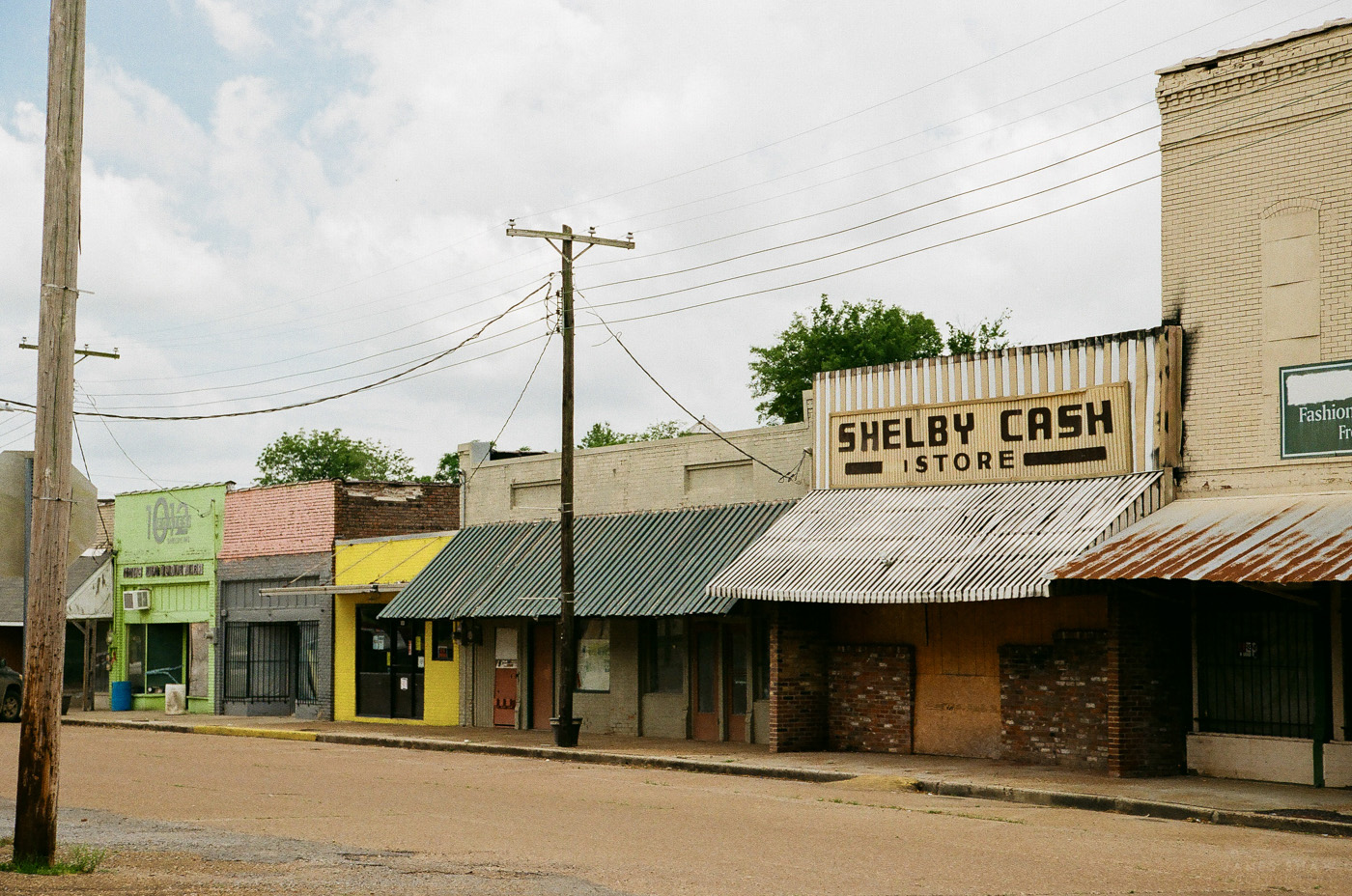
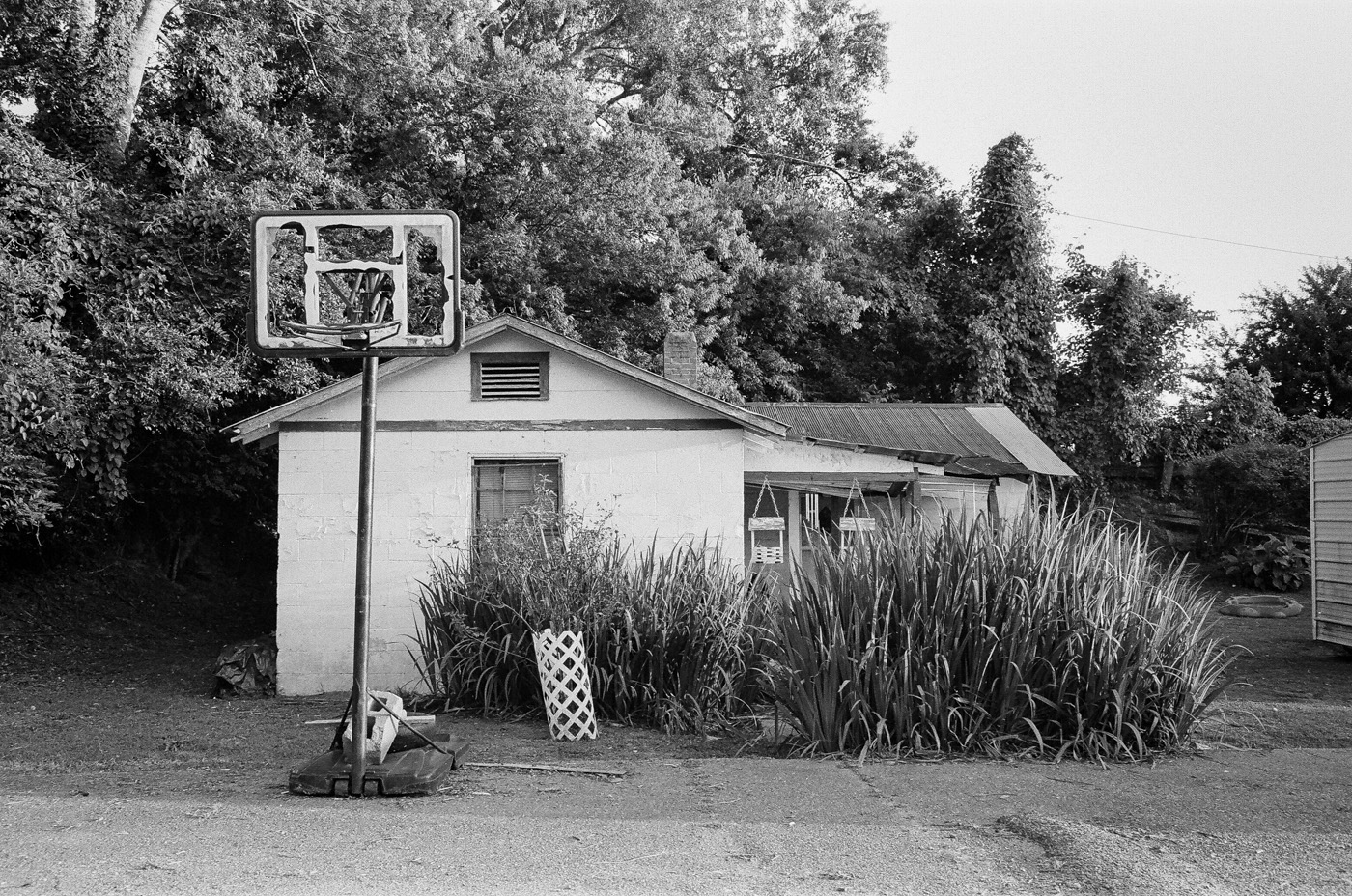



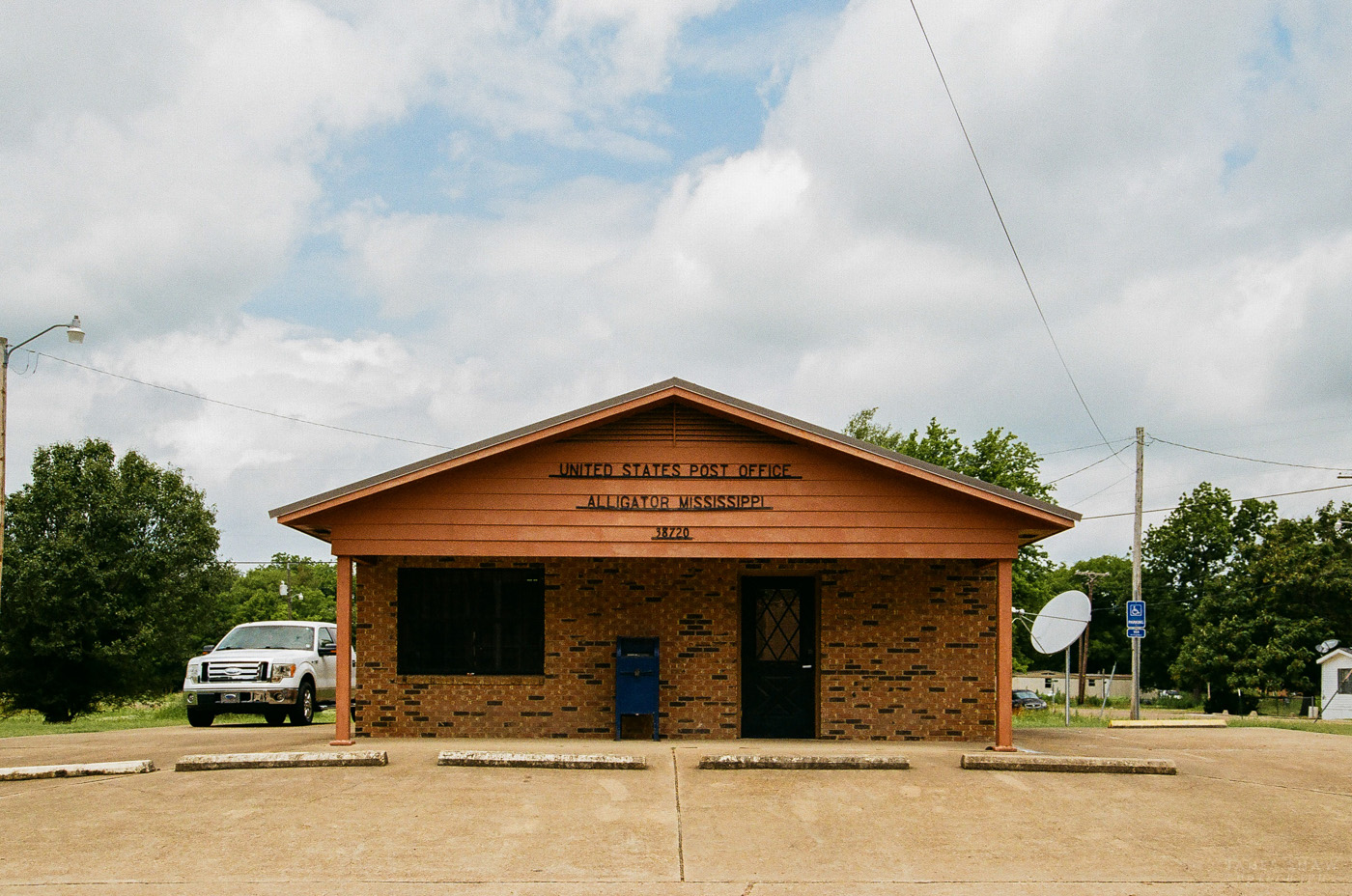
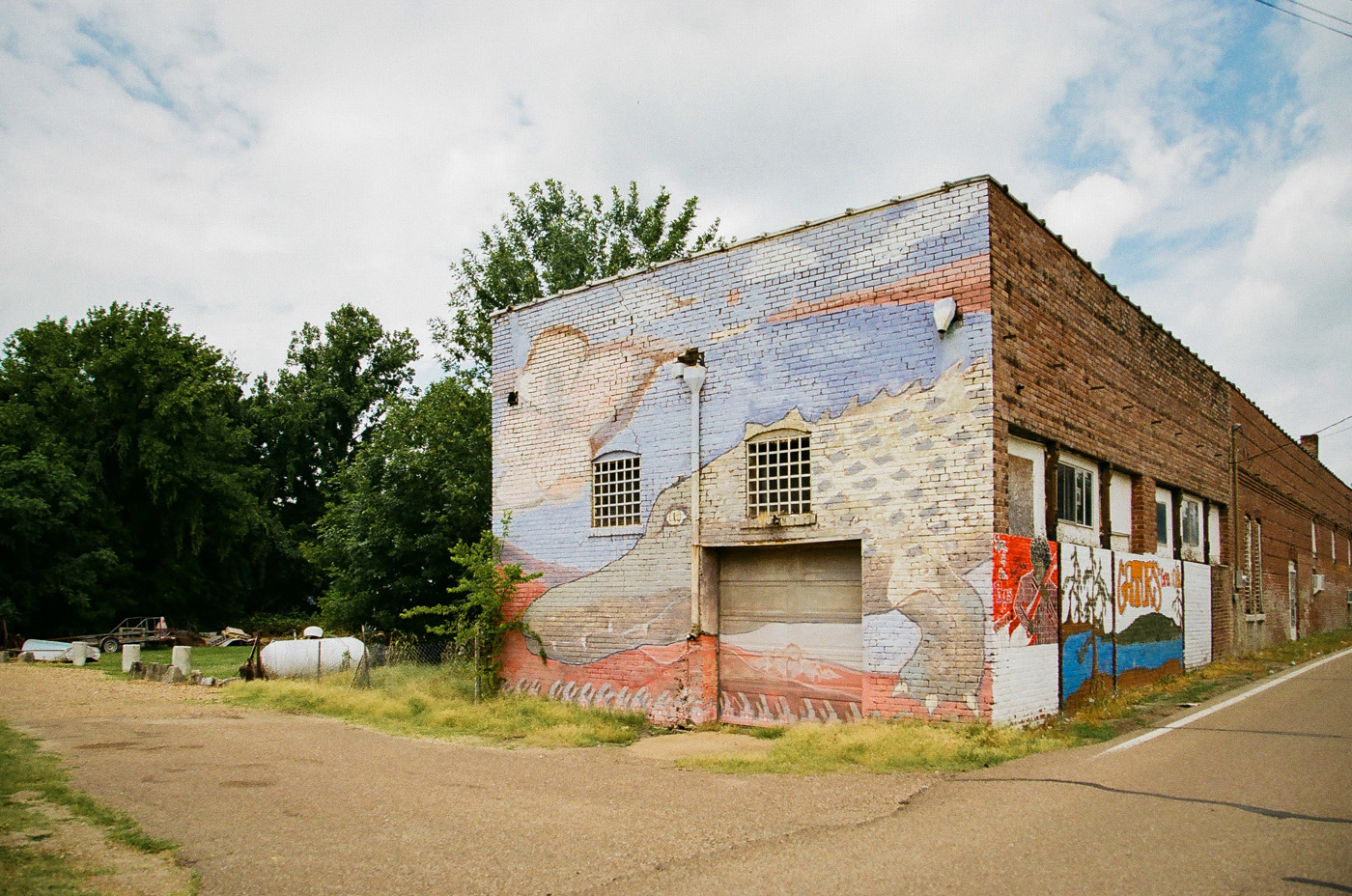
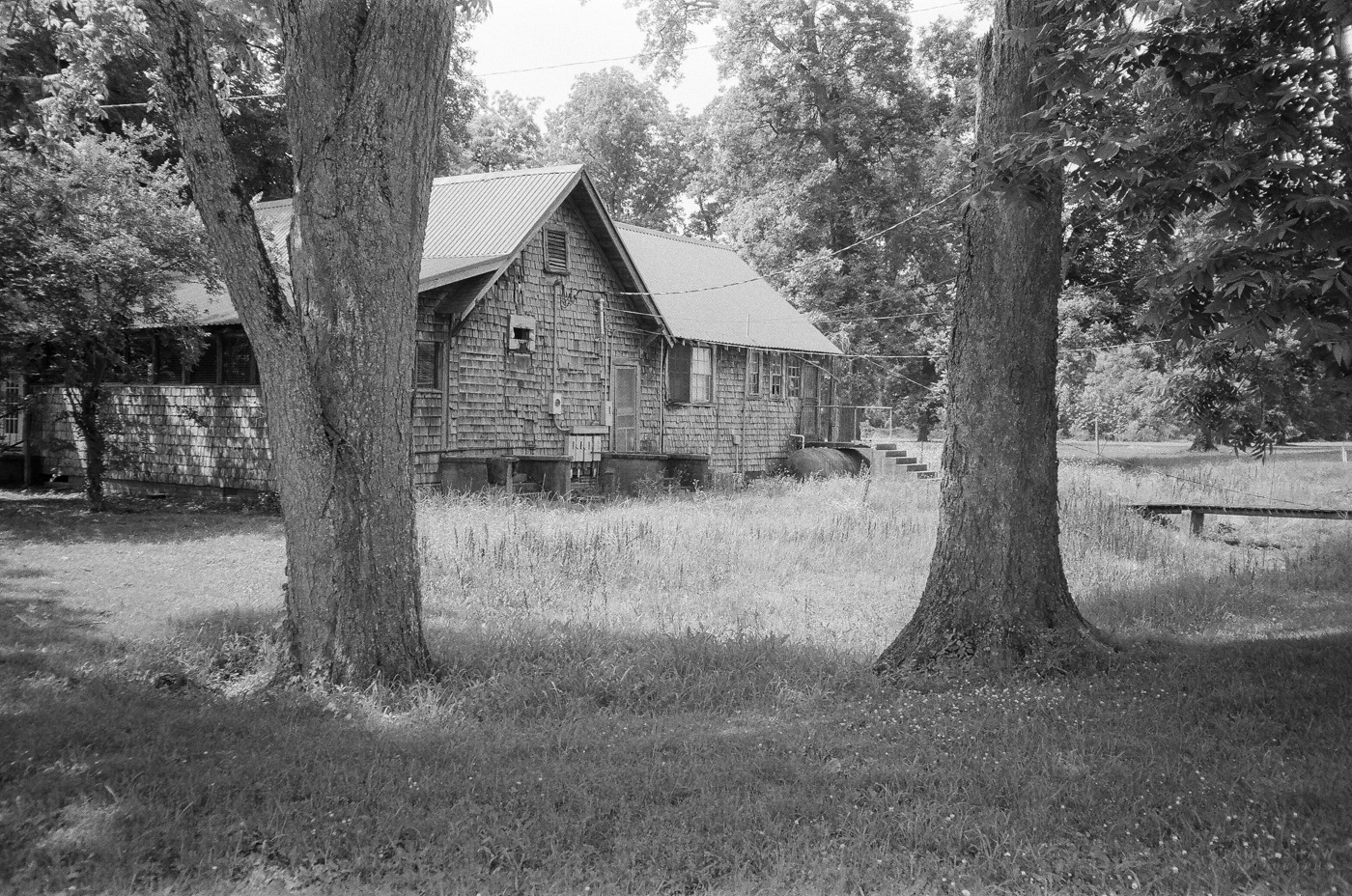
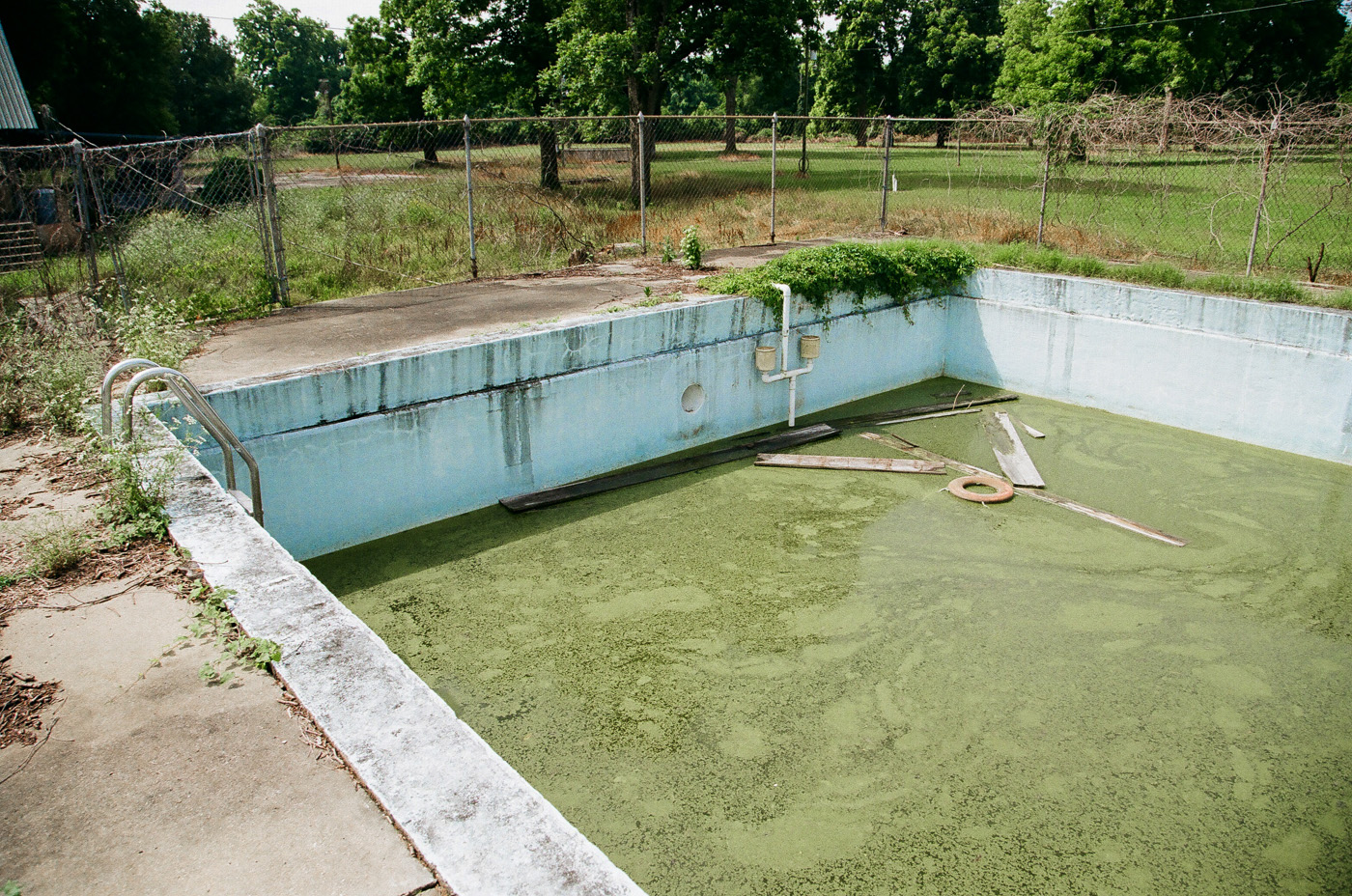
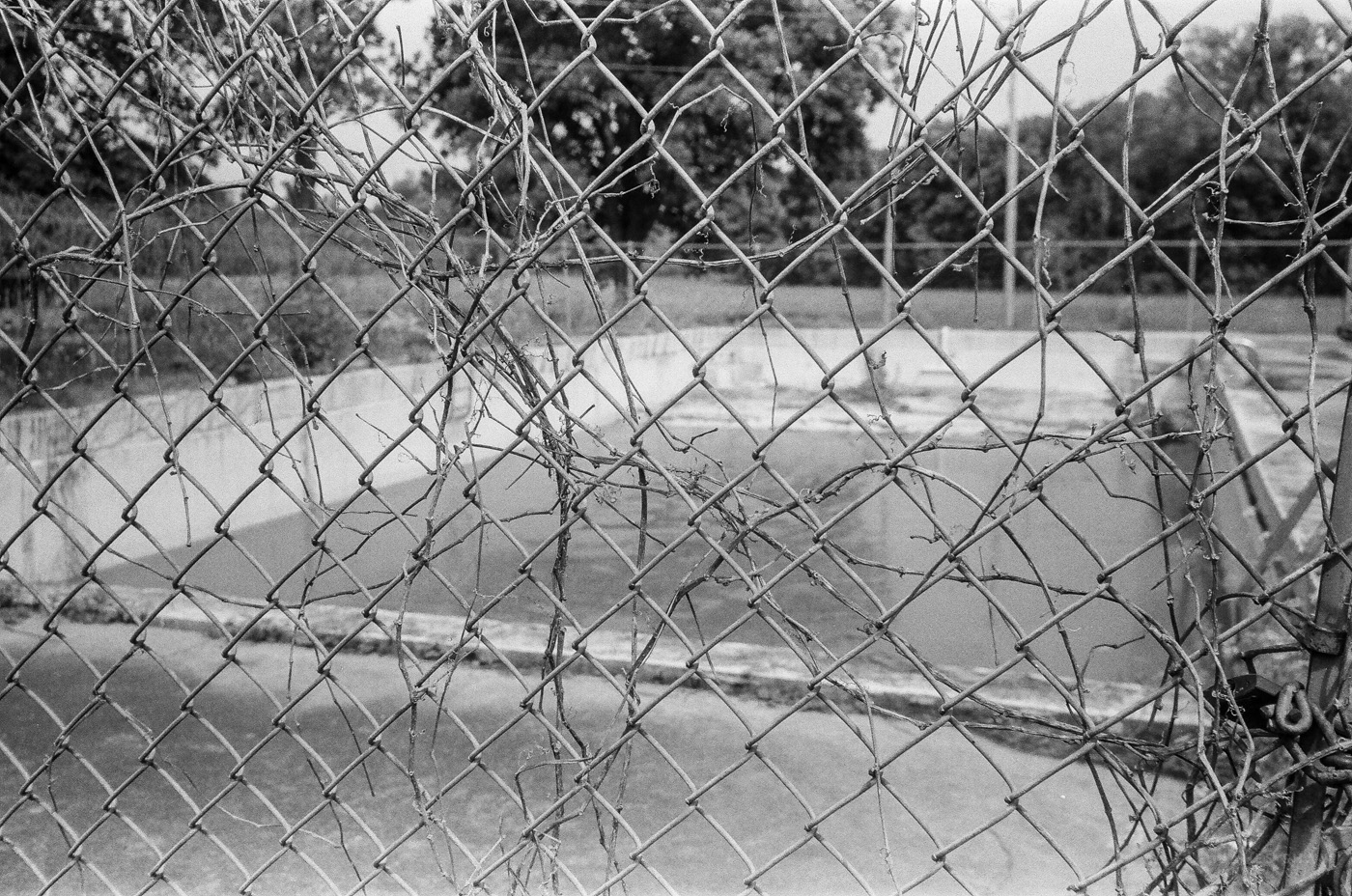
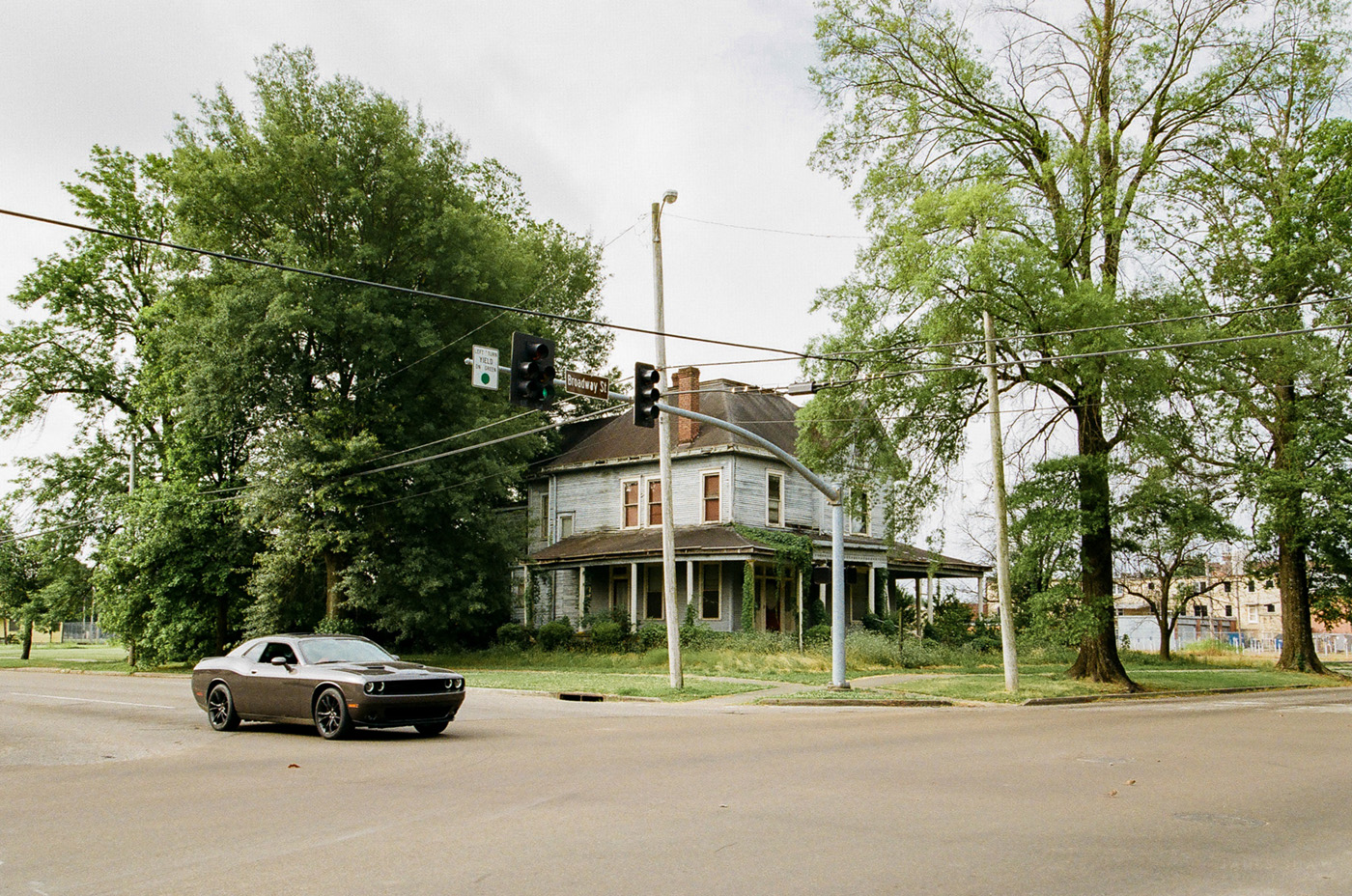
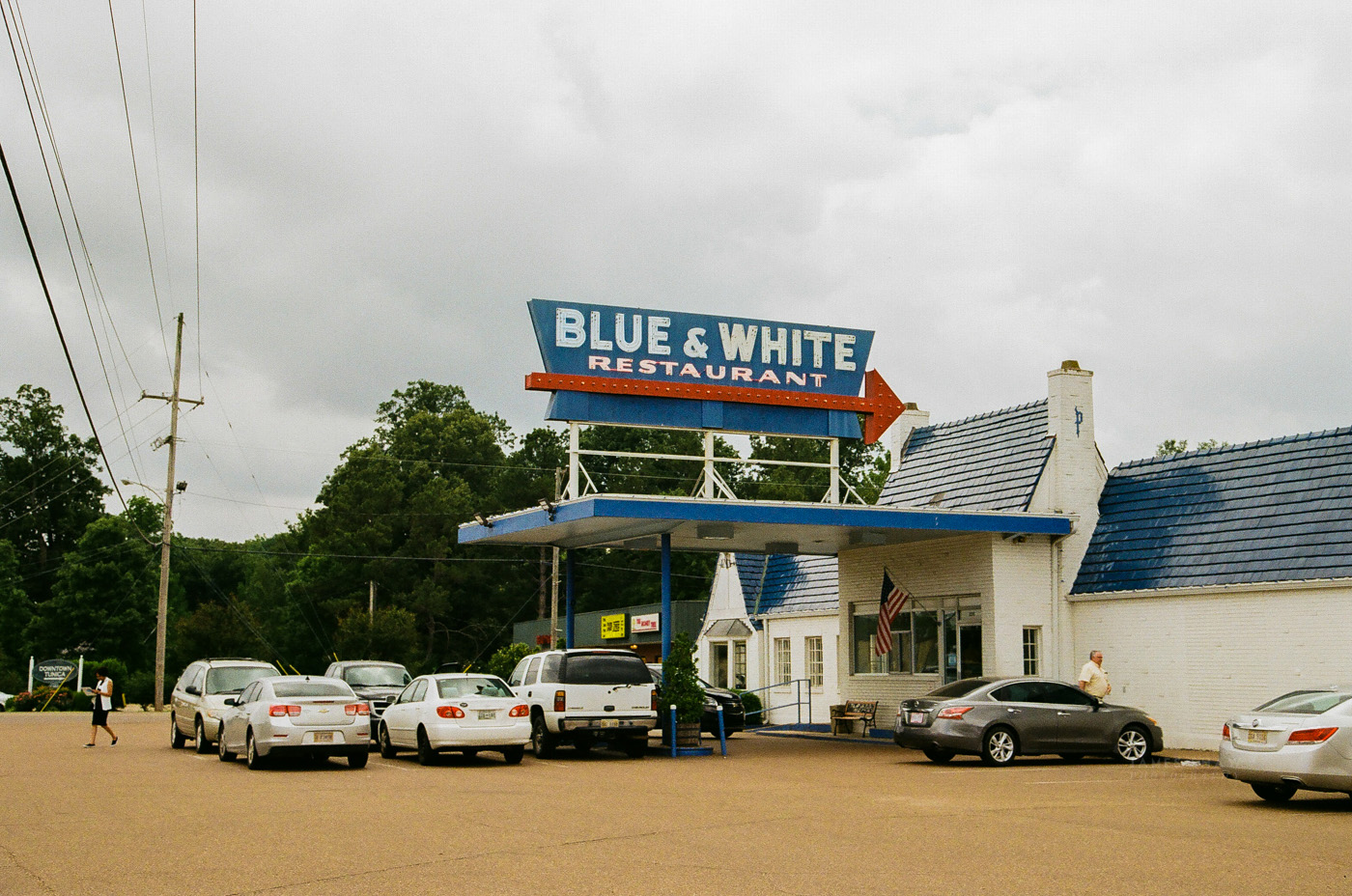
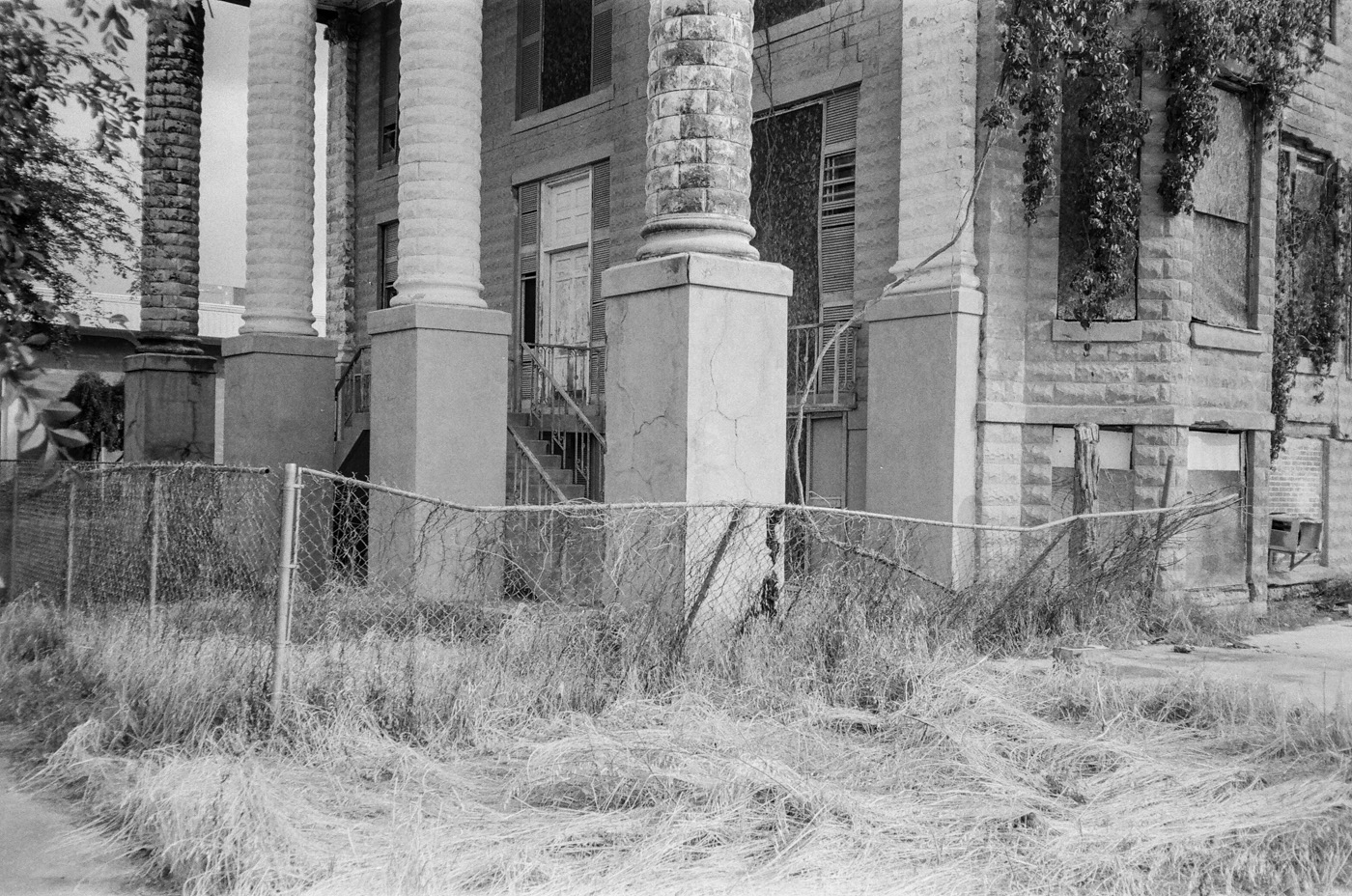
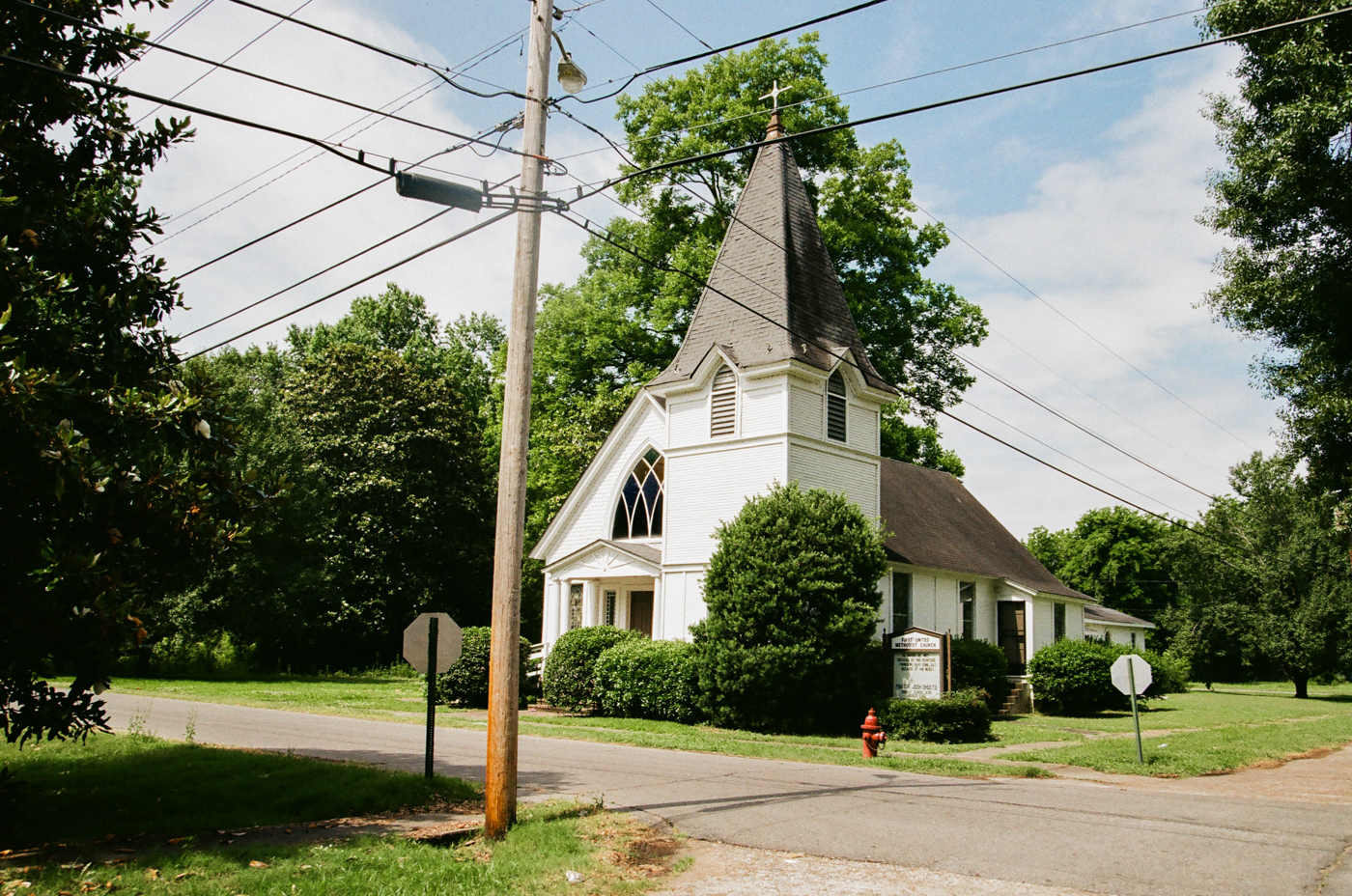
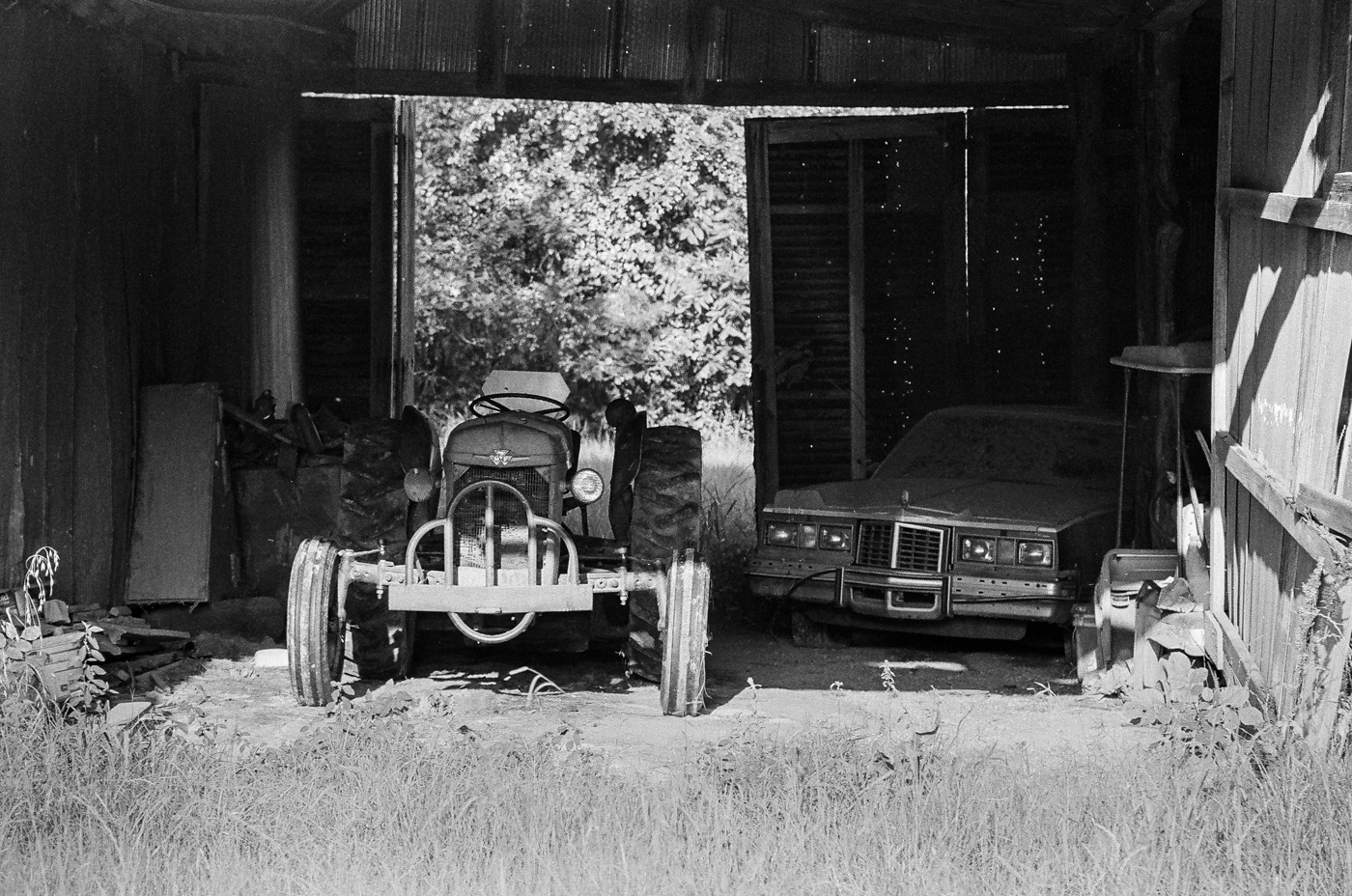
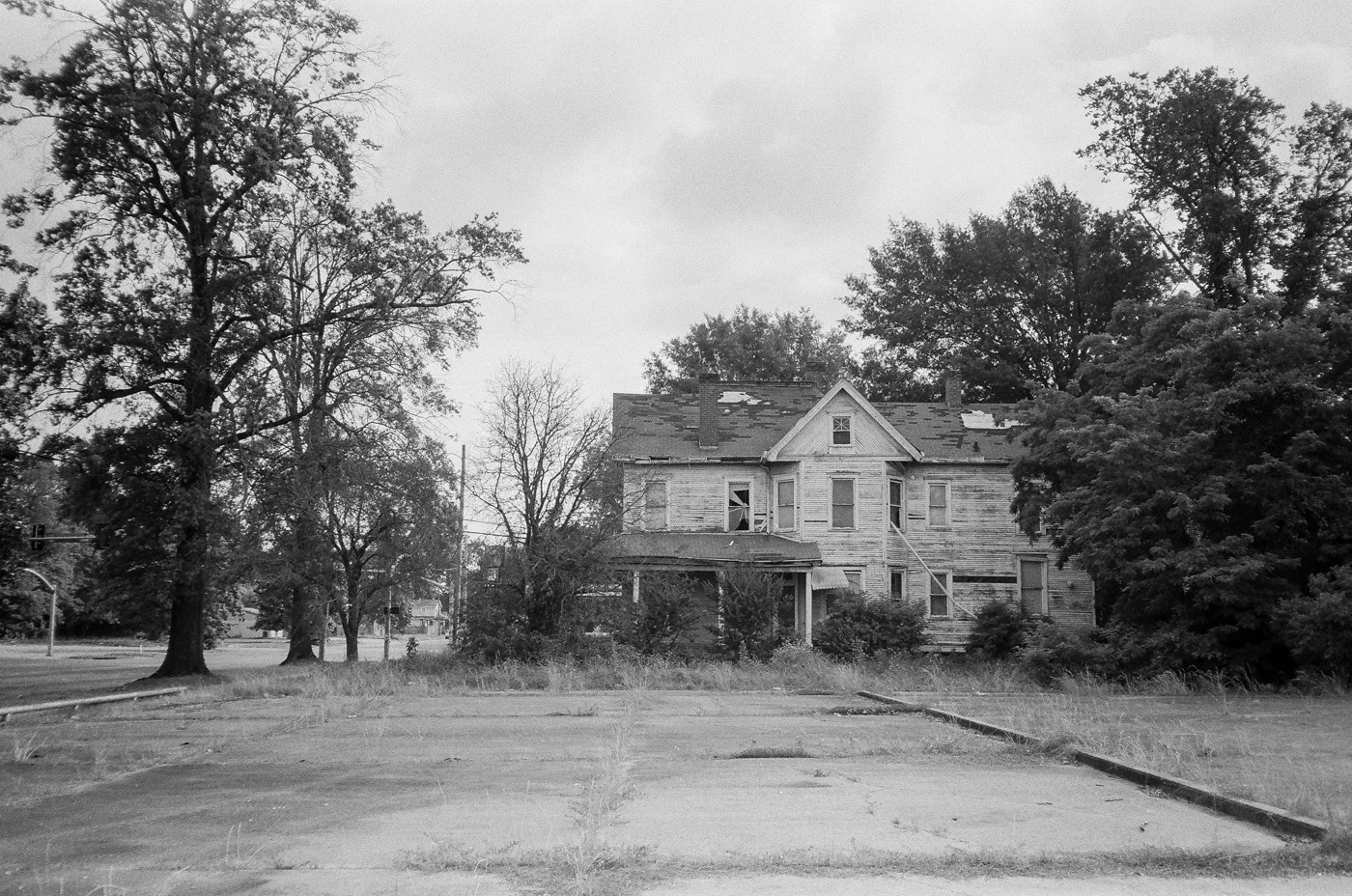
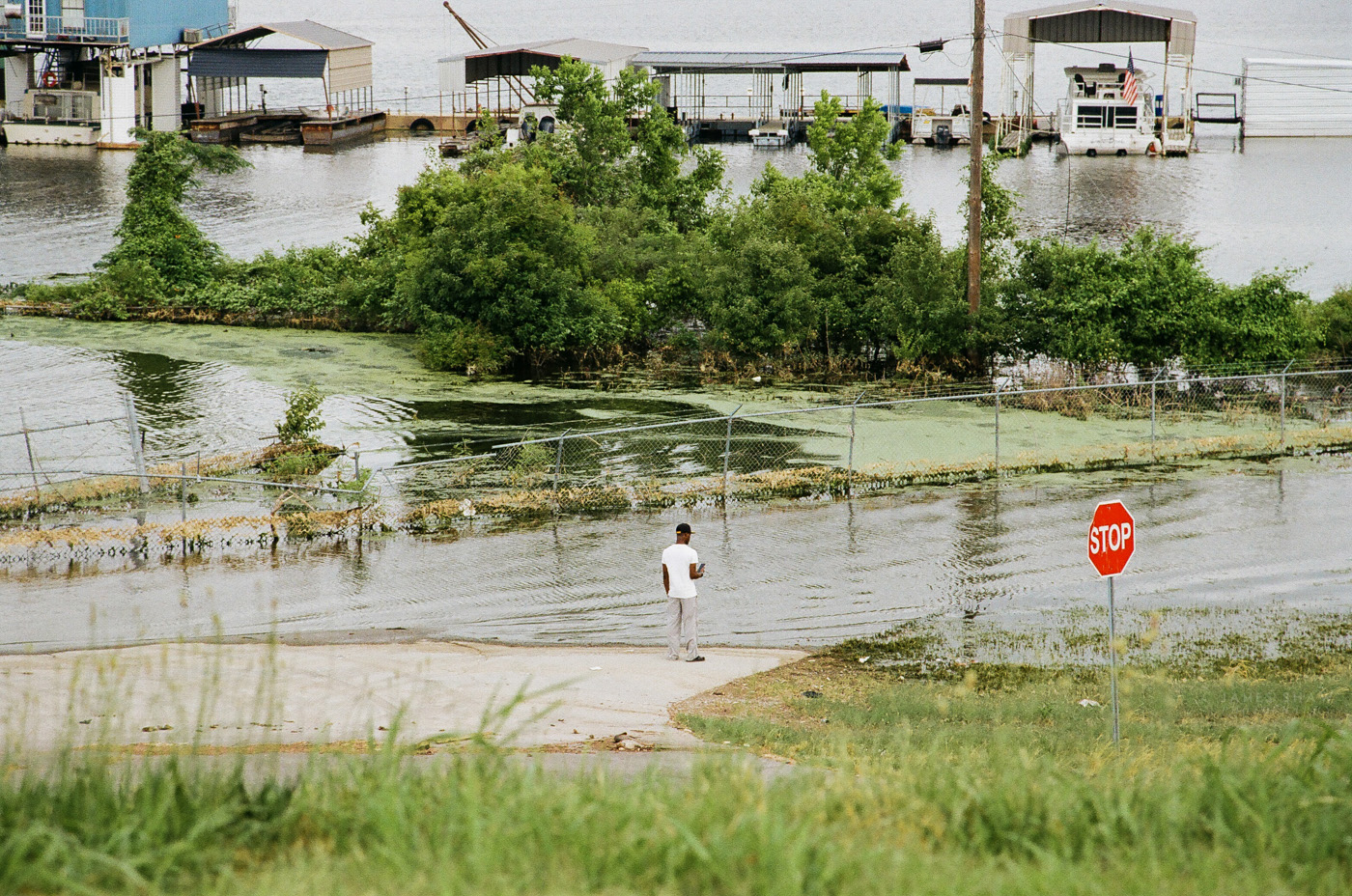
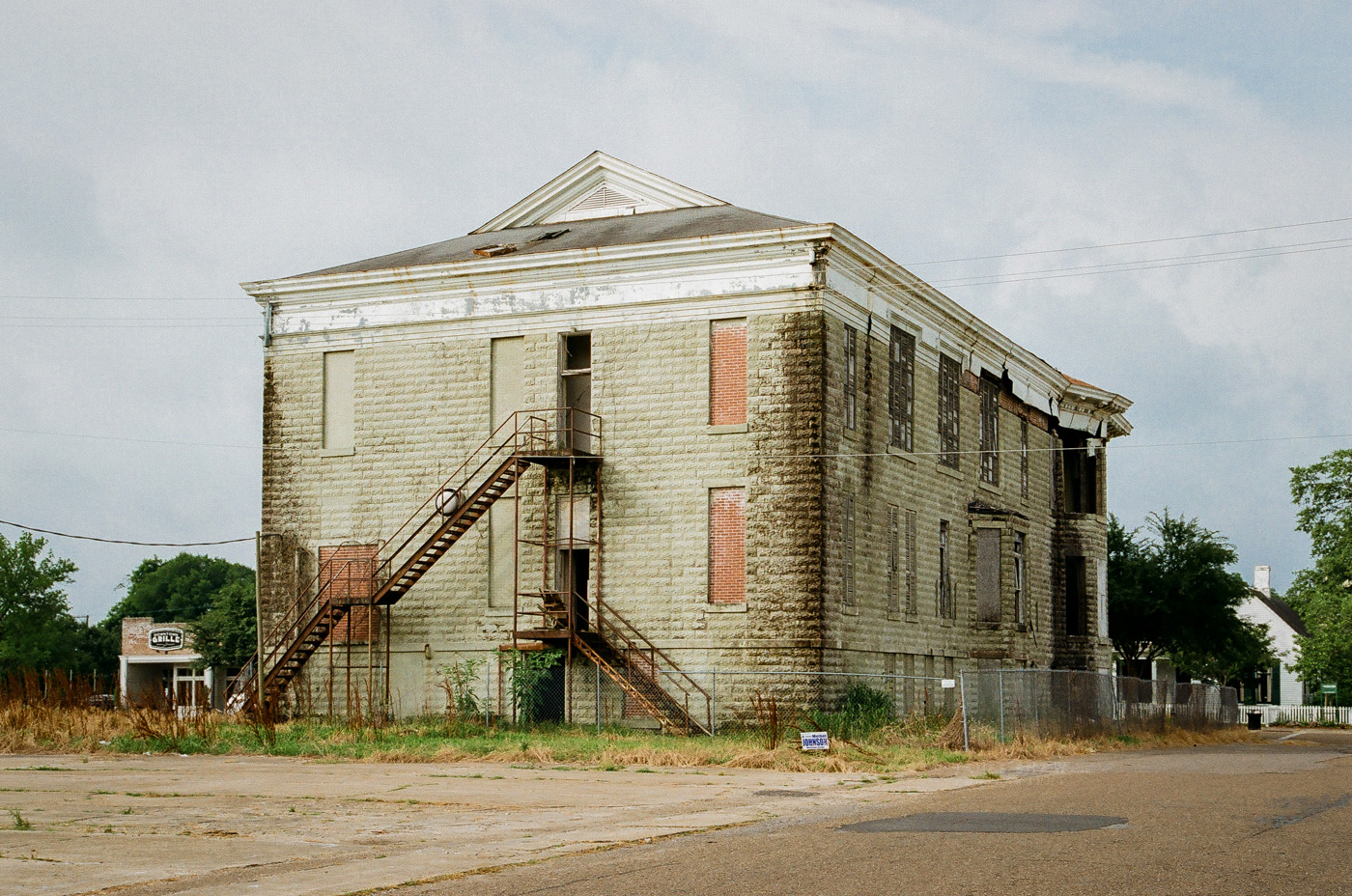

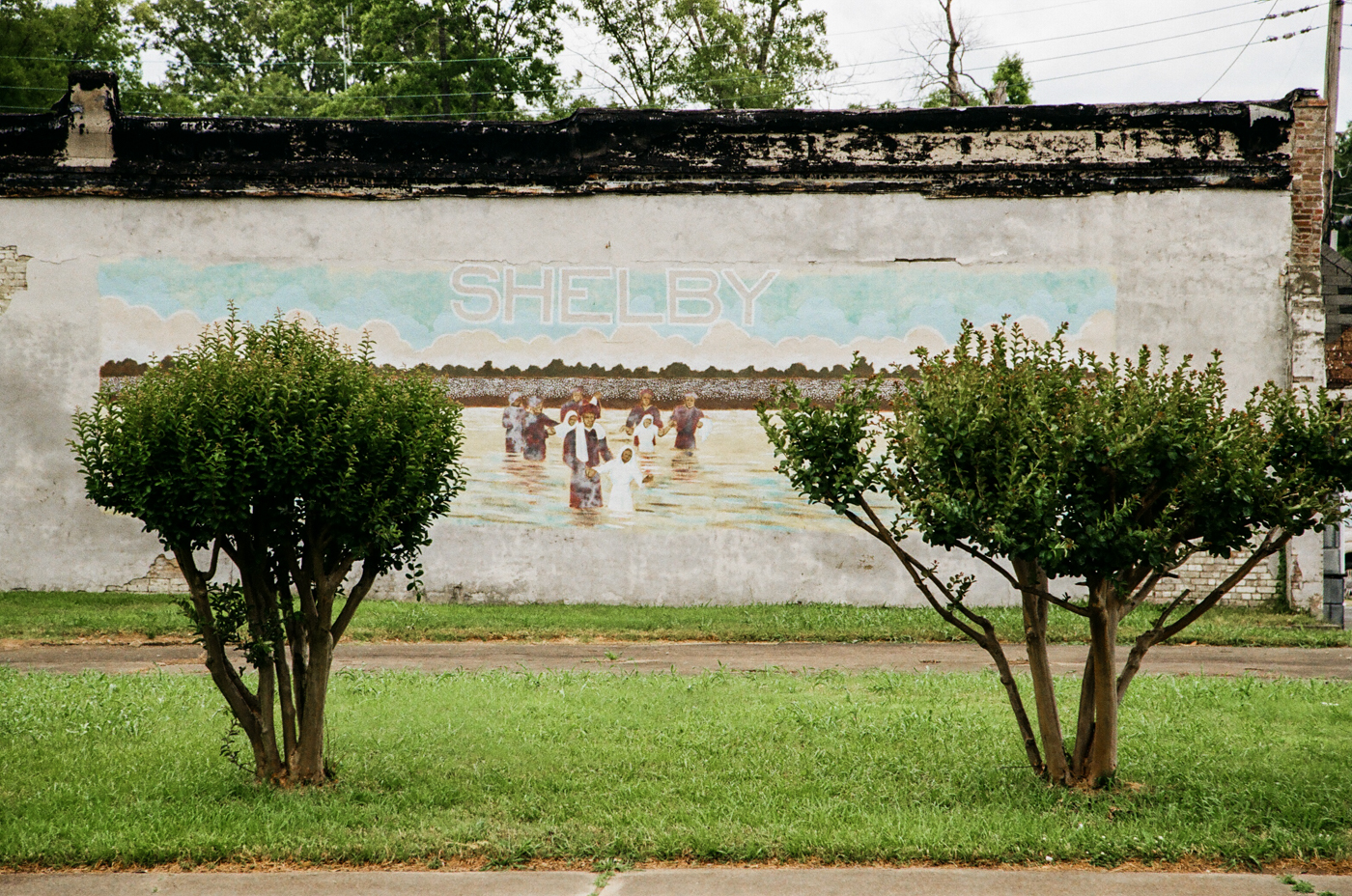
Somewhere near Tunica, Mississippi
Just passing through Memphis
Somewhere in Missouri
Where the Mississippi and Ohio meet
Cairo sits at the southern most tip of Illinois, right between Missouri and Kentucky at the confluence of the Mississippi and Ohio Rivers. As you can imagine, this was a very important location, especially when rivers were the main source of economic activity. But it goes even further back. In November of 1803, Lewis and Clark stopped here for six days, their longest break of the trip. It was here they saw the Mississippi for the first time, caught a 128 pound catfish, and recorded over 178 bird and 122 animals species. This is also where Lewis taught Clark how to use a compass and sexton. Now you know!
My great grandfather, one of the youngest captains ever licensed to navigate the entirety of the Mississippi River.
From his obituary
“Captain James Guy Mallory, 62, veteran river pilot and one of the few men who held a pilot’s license for the entire length of the Mississippi river and its navigable tributaries, died at his New Orleans home Saturday night.
Born in Racine, Ohio, he took to the river as a youth, starting his career on a coal boat on the Ohio River as a deckhand and becoming captain. When he was 19, he became a pilot of the Combine Coal fleet plying between Cairo, Ill., and Pittsburgh.
Captain Mallory became one of the youngest pilots on the river when he received his license at the age of 20. He later moved to Baton Rouge as an employee of the Standard Oil company, and came to New Orleans in 1921, becoming a member of the New Orleans and Baton Rouge Steamship Pilots’ association at that time.
A prominent Mason, he was a member of the Grand Consistory of Louisiana.”
The Sprague was the largest steam powered towboat ever built.
The Sprague, also known as “Big Momma”, was the most famous ship that my great-grandfather would pilot. Built in 1902, she was in service through the war until she was decommissioned in 1948. She spent time in Memphis and Baton Rouge before being moved to Vicksburg permanently, where she served as a river museum until 1957 when her massive engines were removed. She was then converted into a theater, hosting old-timey productions until she caught fire and burned in 1974. Plans were made to rebuild her, but they never came to fruition.
Fun facts about the Sprague
She had six boilers clocking in at over 2,000 horsepower.
In 1907 she set the record for the largest coal tow, towing more than 60 barges of coal…the equivalent of over 1,500 railroad cars.
She also broke the record for largest oil tow…hauling more than 11 million gallons of crude oil.
During the great flood of 1927 she carried over 20,000 people back and forth between Greenville and Vicksburg.
Birdie Clutts, my great-grandmother and wife of James Guy Mallory, born in Cairo in 1889.
rhymes with “Pharaoh”
“Cairo is a brisk town now; and is substantially built, and has a city look about it which is in noticeable contrast to its former estate, as per Mr. Dickens’s portrait of it. However, it was already building with bricks when I had seen it last—which was when Colonel (now General) Grant was drilling his first command there. Uncle Mumford says the libraries and Sunday-schools have done a good work in Cairo, as well as the brick masons.
Cairo has a heavy railroad and river trade, and her situation at the junction of the two great rivers is so advantageous that she cannot well help prospering.”
-Mark Twain
Life on the Mississippi, 1883
An 1885 map of Cairo. The population of Cairo reached its peak in 1920 with over 15,000 residents. Now just over 2,000 people live there, which is surprisingly high.
Corruption, a changing economy, race, and the interstate
It’s safe to say that Mark Twain would not recognize the once booming river town today. So what exactly happened here? Well, to start, the economy changed. River traffic inevitably declined as trains and automobiles started to make their mark across the American landscape. Suddenly, that epic location on the confluence of two greats rivers wasn’t as important as it once was.
What lack of economic activity started, race riots finished. Like most places at the time, Cairo was a hot bed of corruption and abuse. Throw in a dying economy, crippling unemployment and racial tension and you have the makings of a perfect storm. More on that below.
My grandfather, James Guy Mallory, Jr.
There hasn’t been a new house built in Cairo in over 50 years.
Riverlore, one of the last remaining mansions in Cairo, just sold after being on the market for over 4 years. The new owners have plans for a wedding venue and B&B.
This place is beautiful, even in the midst of total disrepair. It’s not hard to picture a thriving community here.
Life on the Mississippi has changed
The Mississippi River was the original Route 66. Planes, trains, and automobiles have all but killed most of these once thriving river towns.
Huck Finn, Jim and Cairo
I had long forgotten that Cairo played a pivotal role in Mark Twain’s masterpiece, Huckleberry Finn. Cairo was the promised land for Huck and Jim. Cairo was more than a finish line…it was freedom.
Ironically, racial tensions would be Cairo’s final undoing.
“There are a lot of white people who would sooner see Cairo float down the Mississippi than give a black man a break.”
- Robert Landsden, grandson of Cairo’s first historian.
The lynching of William James
If you want a simple narrative of race in the United States, it’s easy: the North is good and the South is bad. Of course, it’s never that simple. Lynchings were a reality all over the North. In the years leading up to James’ murder, Illinois had started passing anti-lynching laws, which predictably were not very popular in small river towns where mob justice was seen as a necessity. In 1901 alone, Illinois recorded 125 lynchings across the state, and that’s just the official tally.
In 1909 William James was accused of raping and murdering a local shop girl. After a judge postponed his trial a mob formed, ripping him from his jail cell and dragging him to downtown Cairo where he was tied up and hung. Unfortunately for him, the rope broke. His body was then “riddled with bullets” and set on fire. It is said that as many as 10,000 people were there to witness it.
After the mob finished with James they returned to the jail and grabbed Henry Salzner, a white photographer convicted of killing his wife with an ax. He was also hung and shot. Still in a frenzy and out of bodies, some of the mob started looting. The Illinois National Guard was called in the next day to restore order. Things went back to relative normalcy, but the stage was set for things to come.
Most of the buildings in downtown Cairo have been razed, even in the last few years. It’s only a matter of time before they’re all gone.
It was known as the most southern city in the north for a reason. Cairo was in no hurry to accommodate the Civil Rights movement. In 1964 city officials closed a public pool rather than integrating it. Police corruption and brutality was the norm. River traffic had died and the town’s unemployment soared to more than double nationally. The place was primed to blow. And in 1967, it did just that.
The race riots that summer were Cairo’s final undoing.
It all started with Robert Hunt Jr., a black soldier home on leave from the army. Hunt was allegedly pulled over for a broken taillight. After being harassed by the police, he was arrested and charged with “disorderly conduct” for having the nerve to talk back to the cops. Less than an hour after his arrest, he was found hanged in his cell…by his t-shirt. The Cairo Police ruled it a suicide. No one bought it. For one, there were bruises all over his body. Two, there was no way the thin wiring in his cell was strong enough to support the weight of his body. The evidence simply didn’t support the official story.
The police later claimed that Hunt was AWOL at the time of his arrest. His military records show no such thing. Hunt’s arrest report was conveniently lost. The FBI looked into it but refused to investigate, in fears that their involvement would lead to riots. Well, they got their riots anyway. For the next three nights the city burned. The National Guard was called in but the damage was done.
These riots continued on and off for the next three years. The white population left in mass exodus.
Robert Hunt Jr. was buried with full military honors. His death has never been investigated.
This river front was once booming with commerce.
ok/clear
In 2017 Ben Carson visited Cairo for the first and perhaps last time, announcing that the last two housing projects in Cairo were being closed for good. HUD was taking over from the insanely corrupt local housing authority and $6 million dollars was being allocated to demolish the condemned structures, cheaper than the estimated $8M to bring the buildings up to code. More than 400 residents were displaced, getting little more than “relocation assistance” and “housing vouchers”. Almost 2 years later, the people are gone and the buildings have yet to be demolished.
Bennett Elementary School closed in 2016, moving 12 teachers and 145 students to another district.
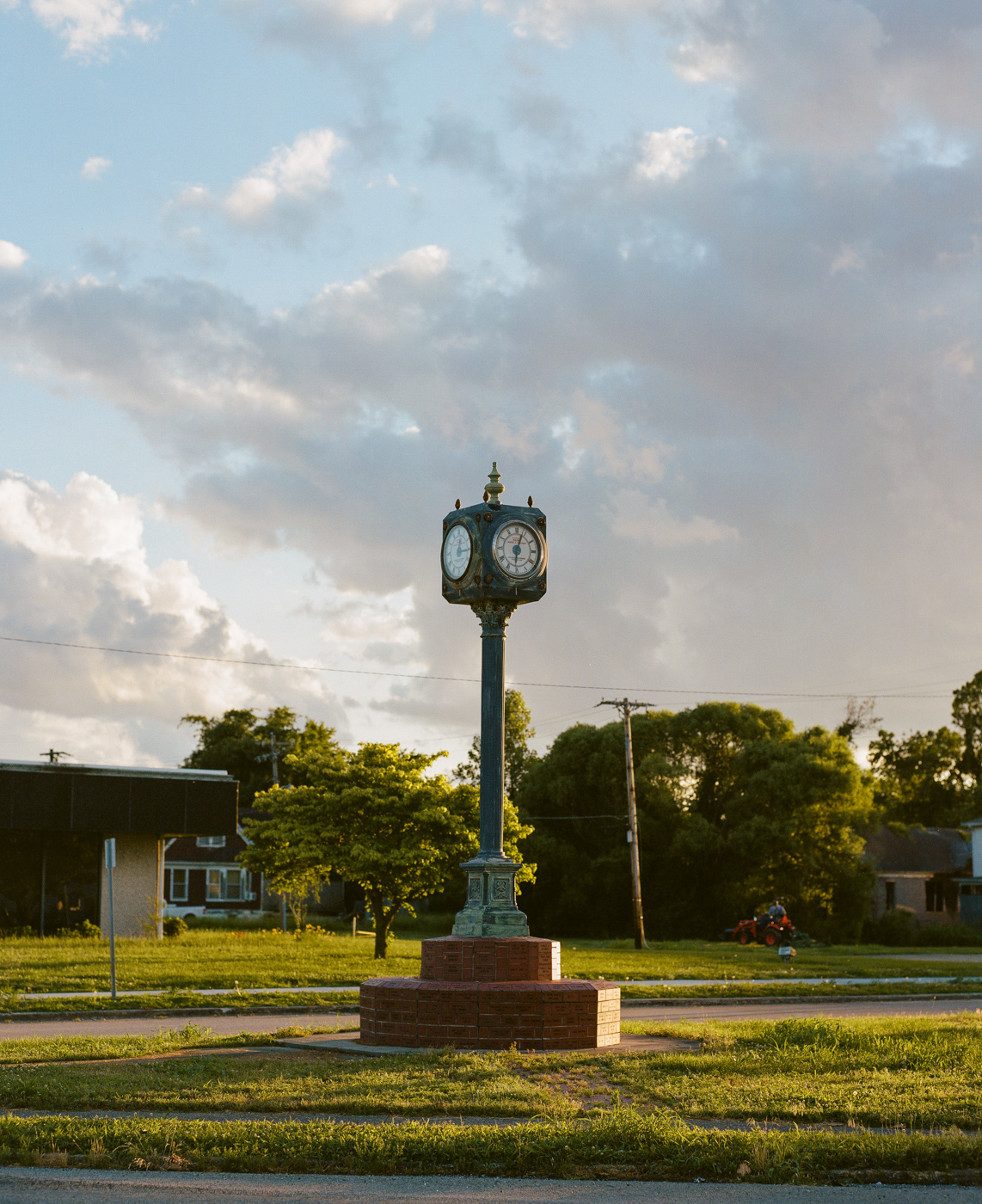
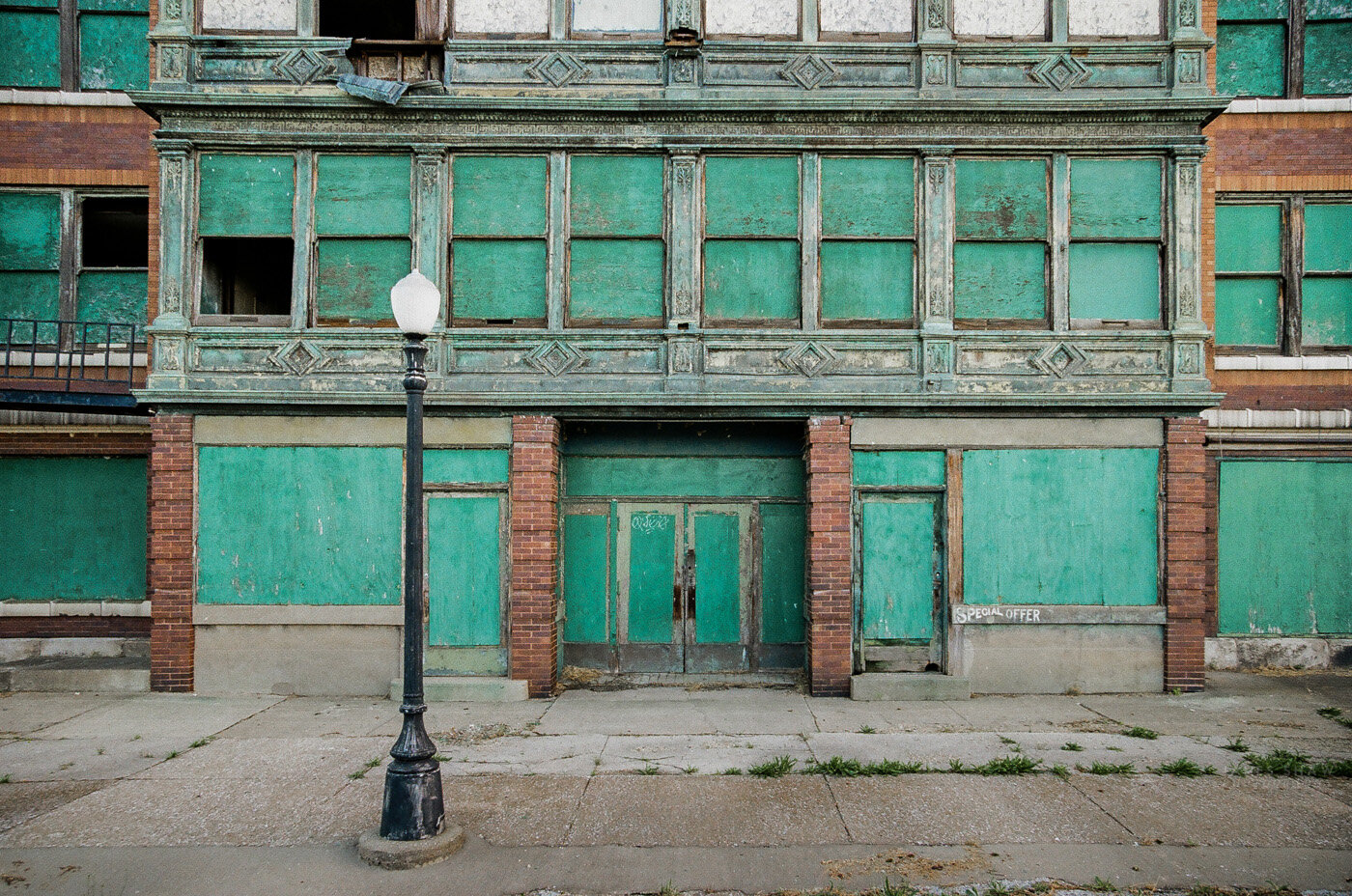
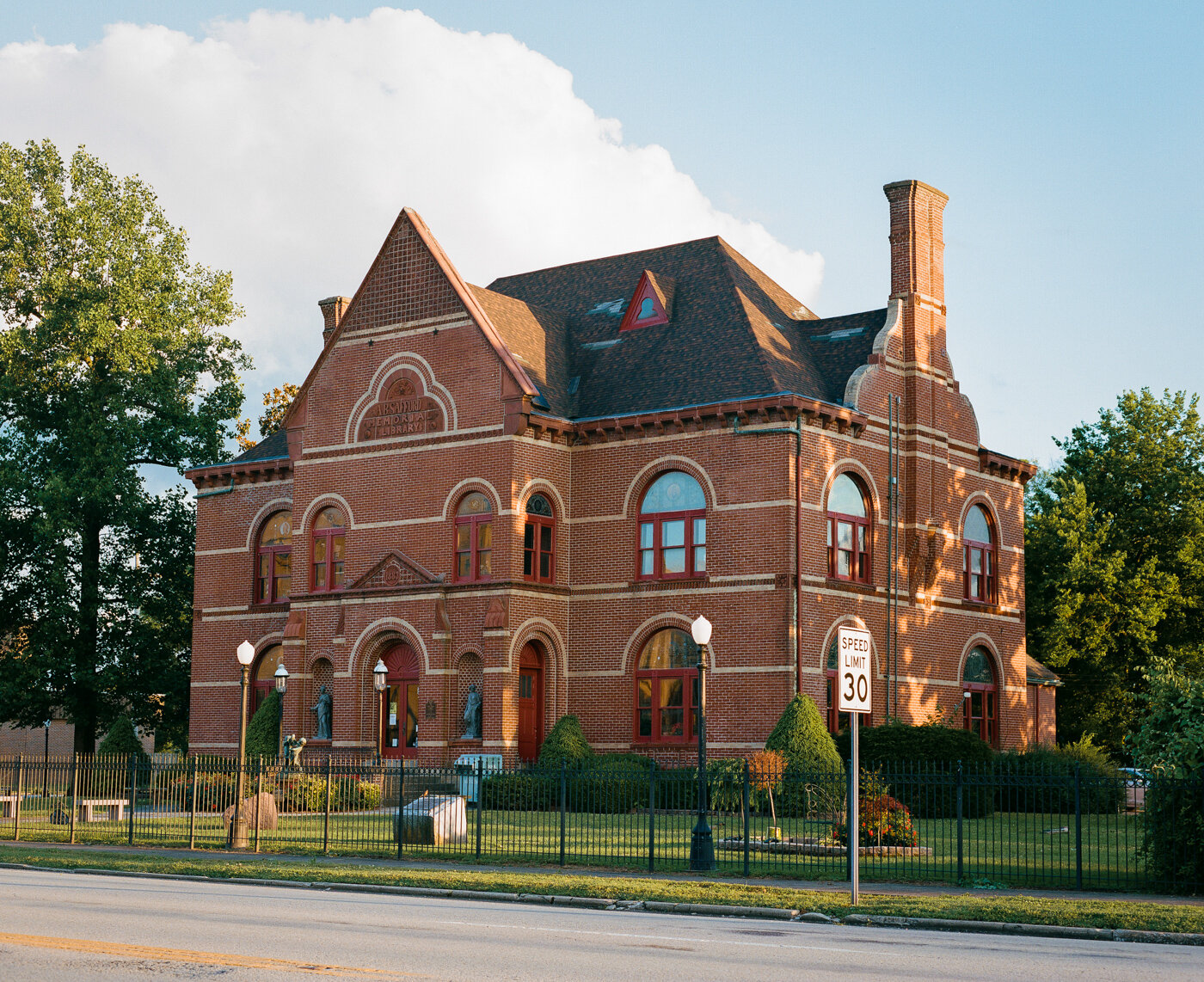
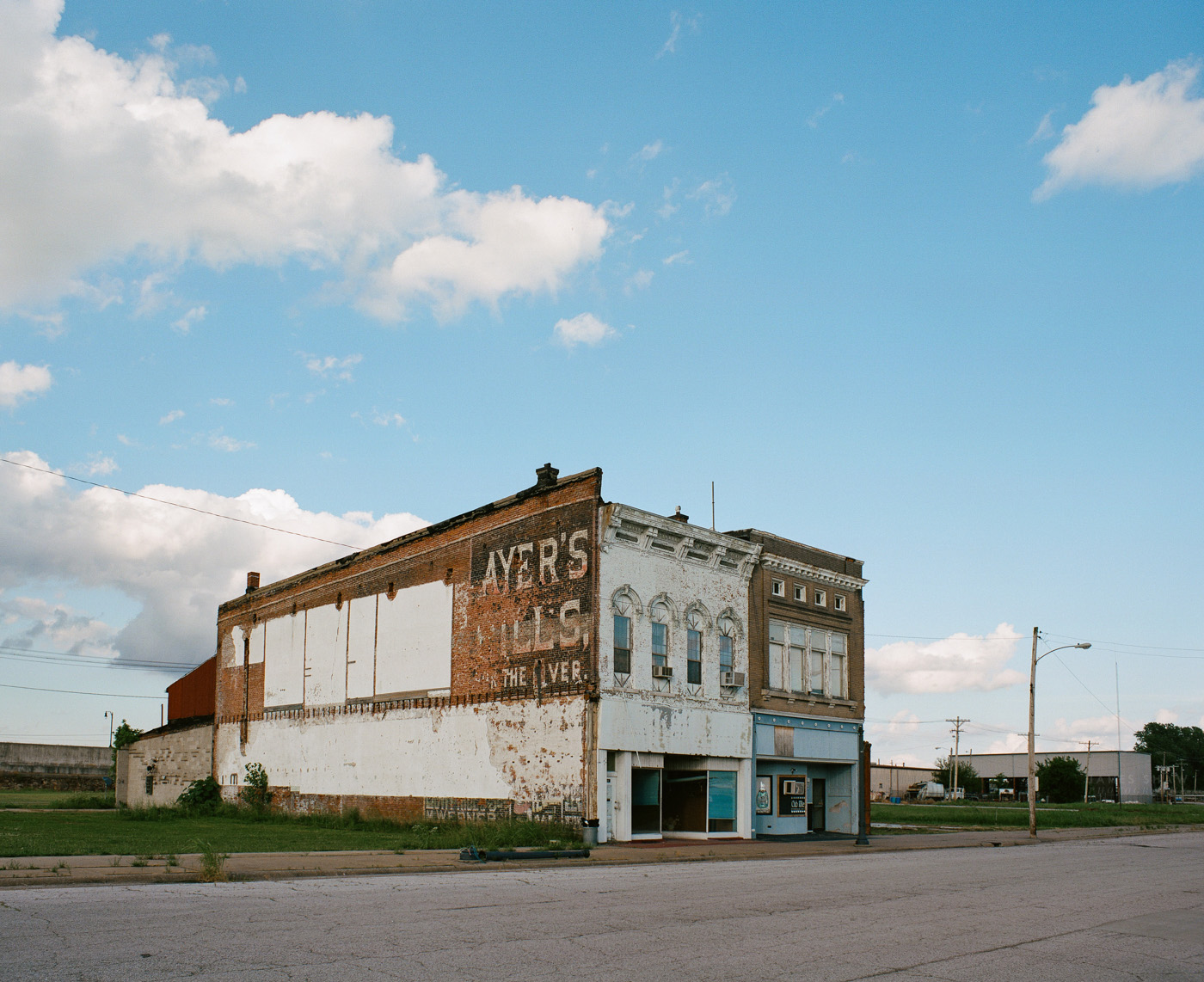

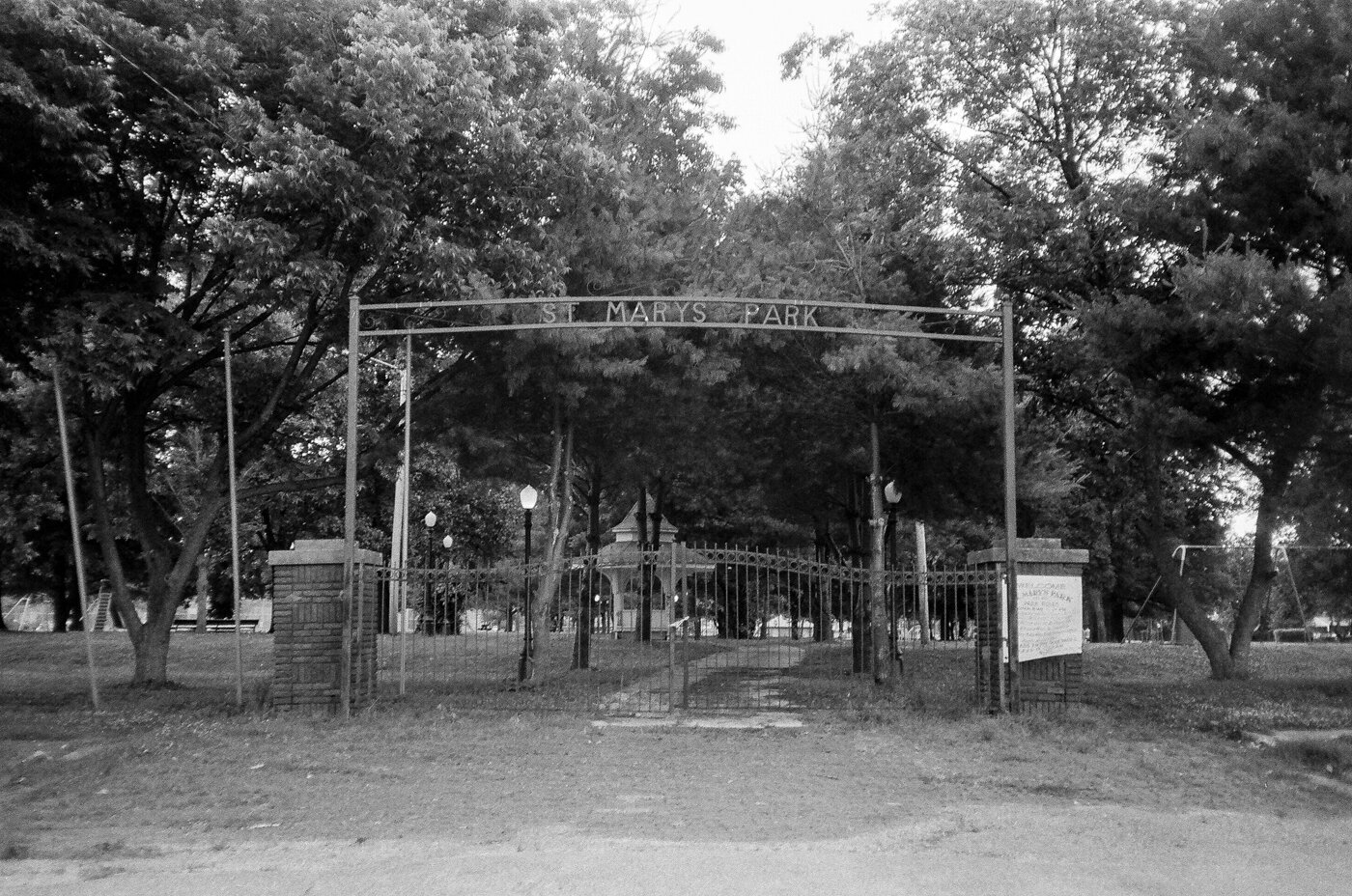
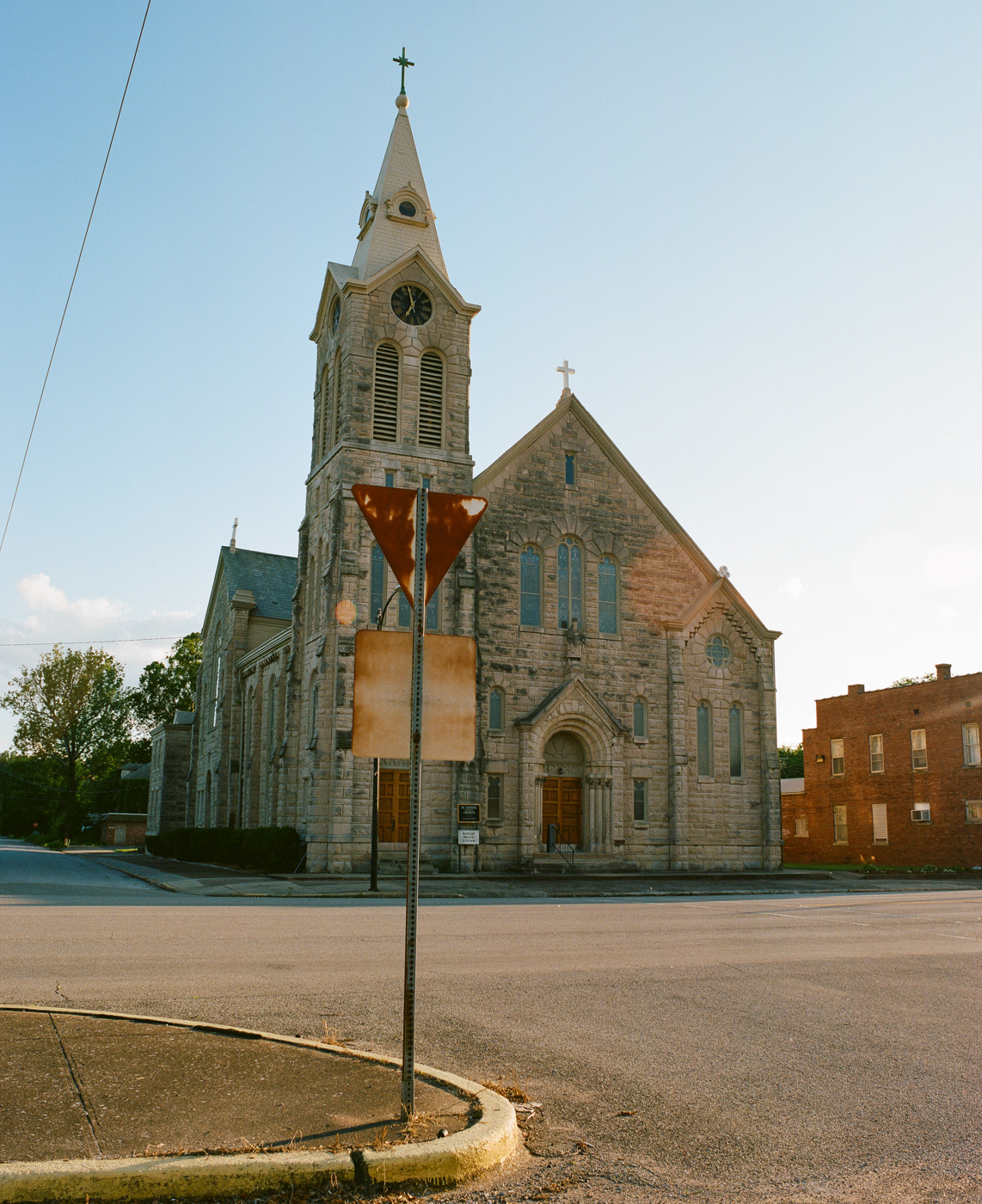
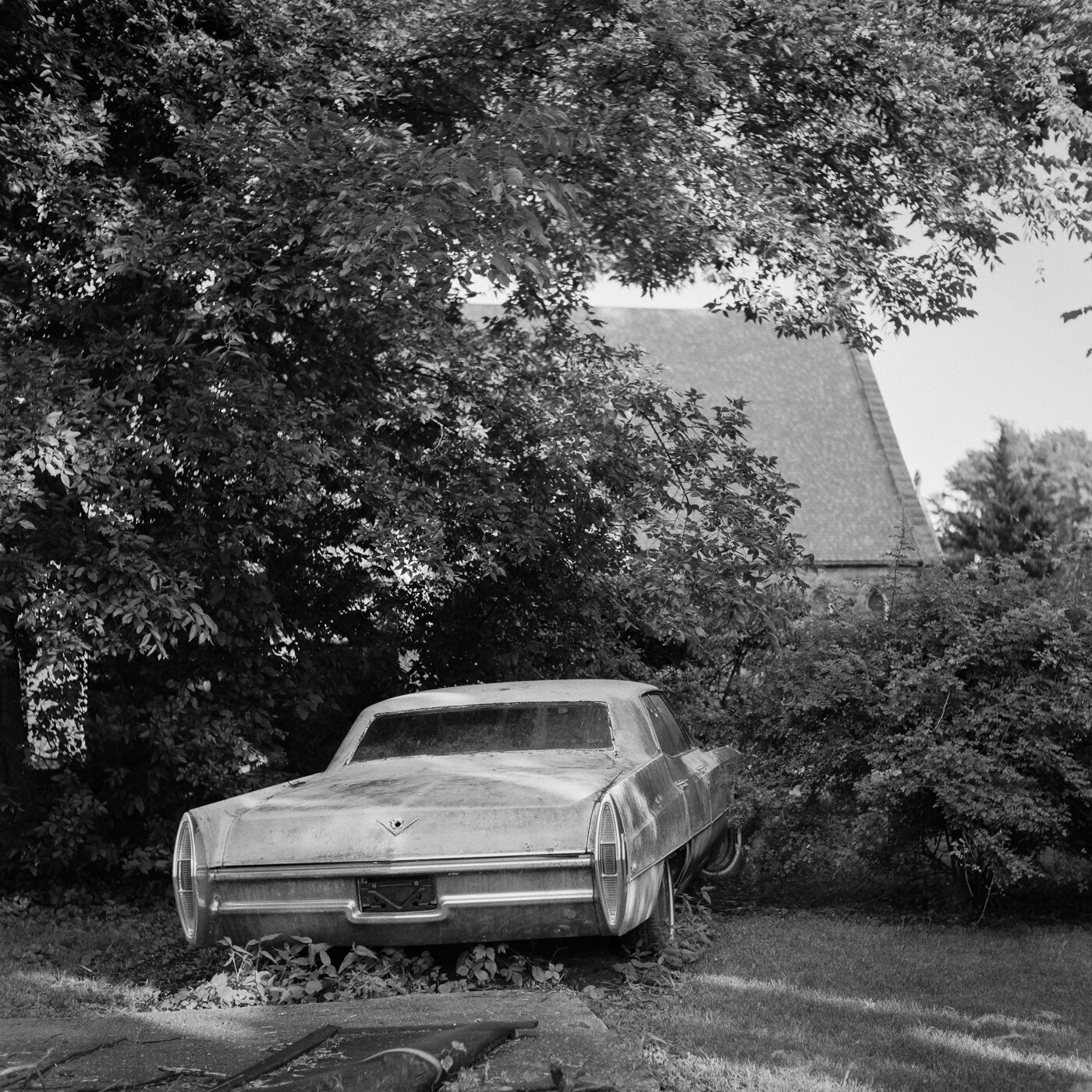
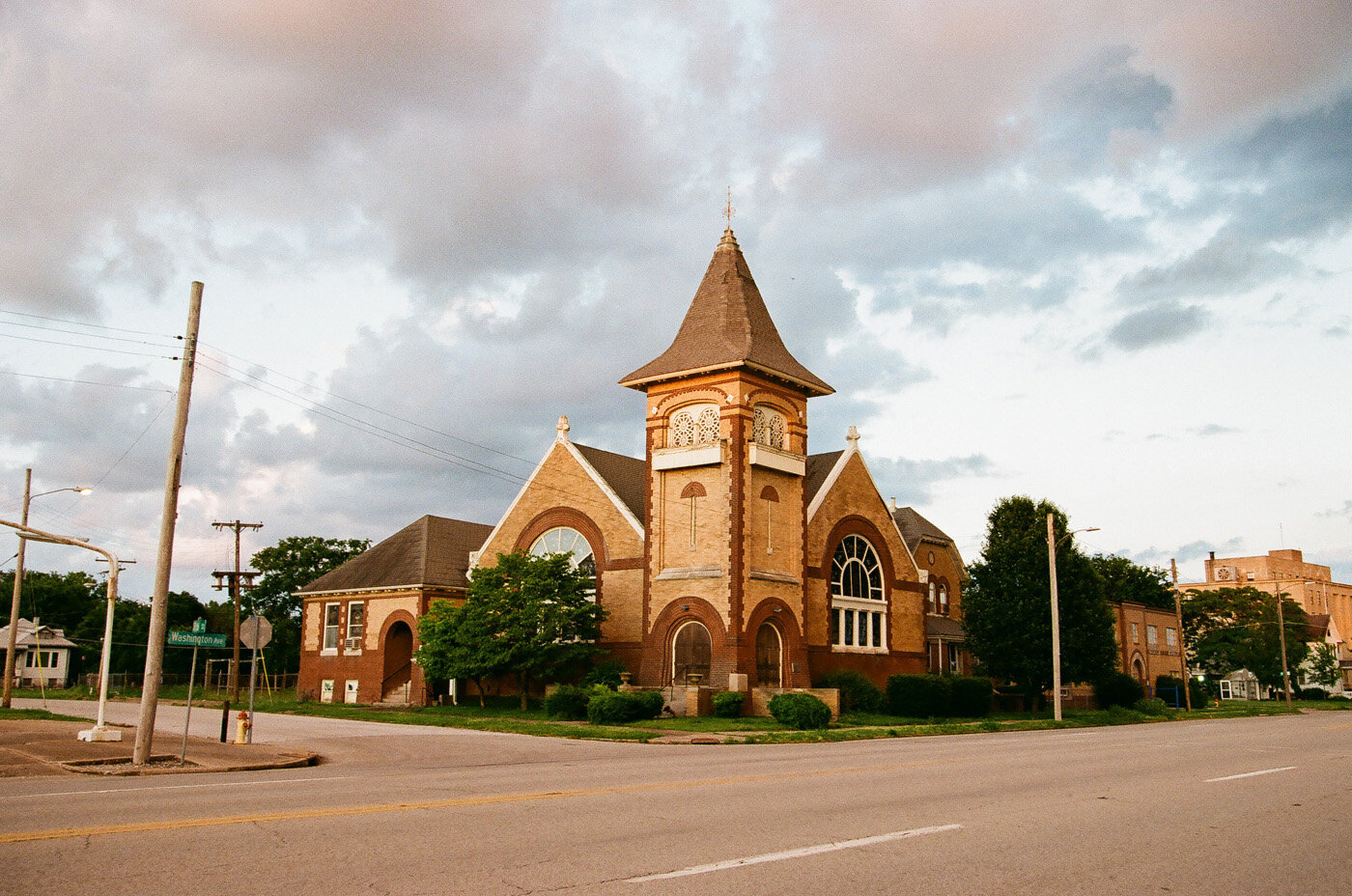
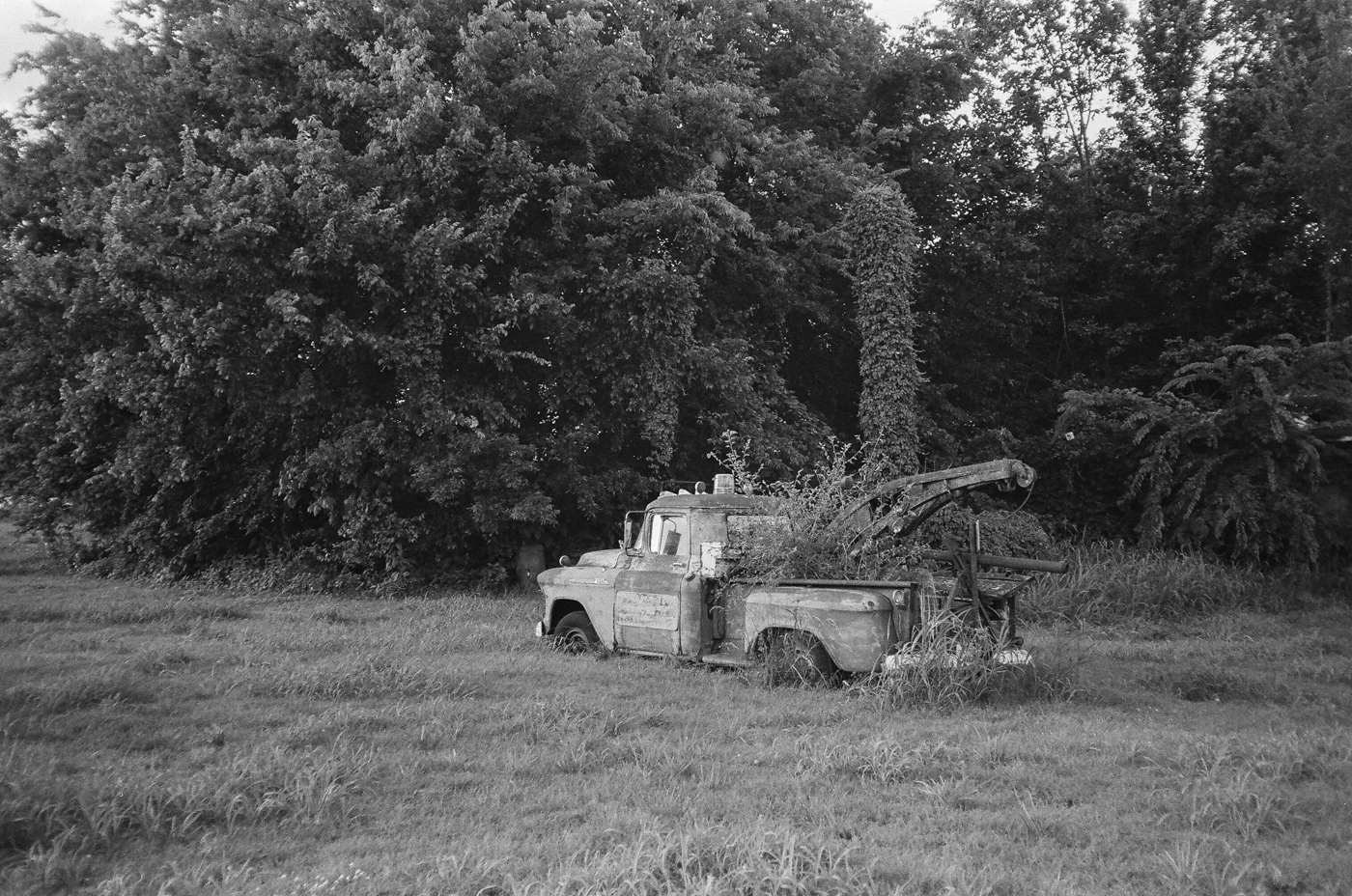
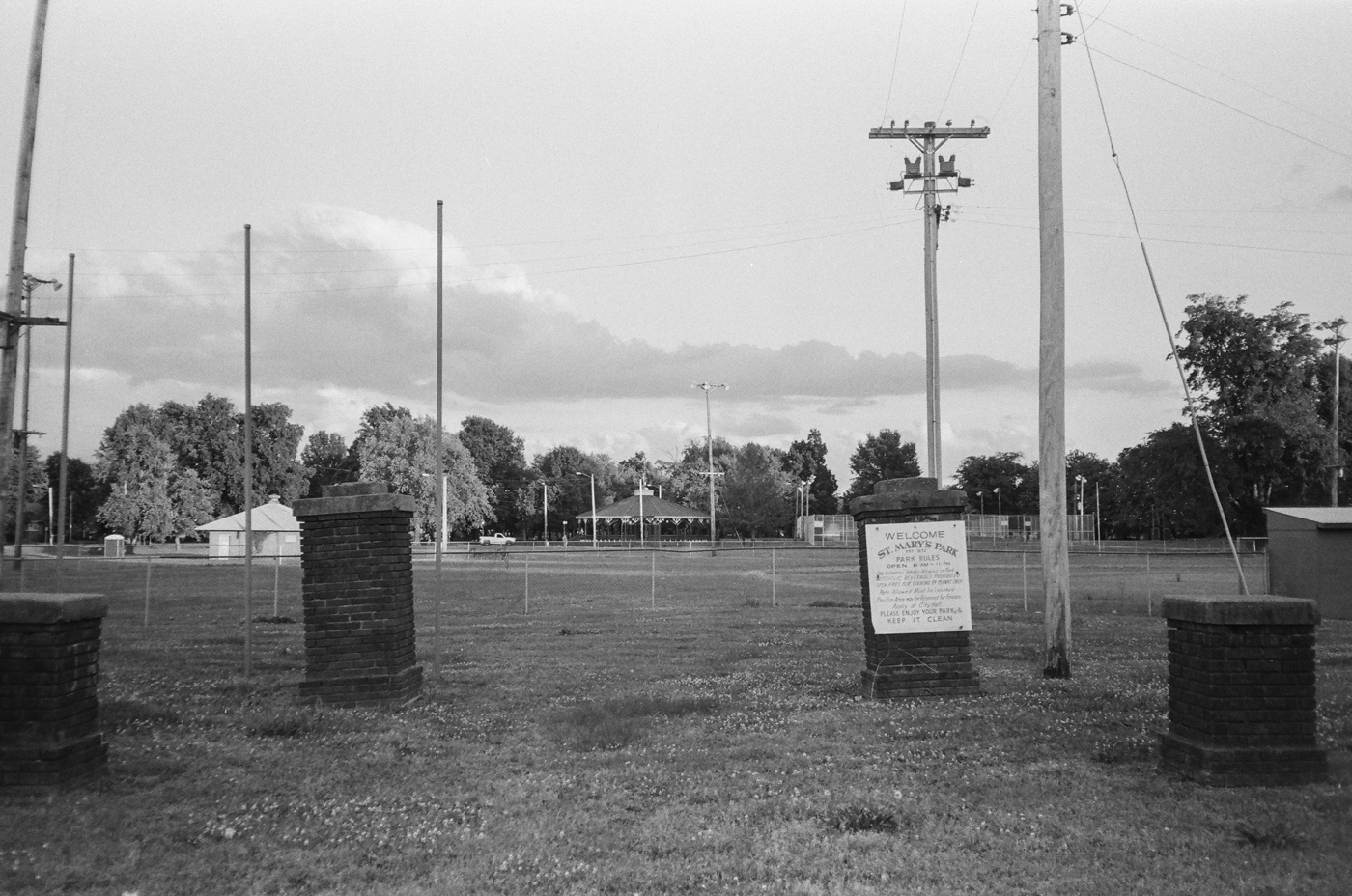

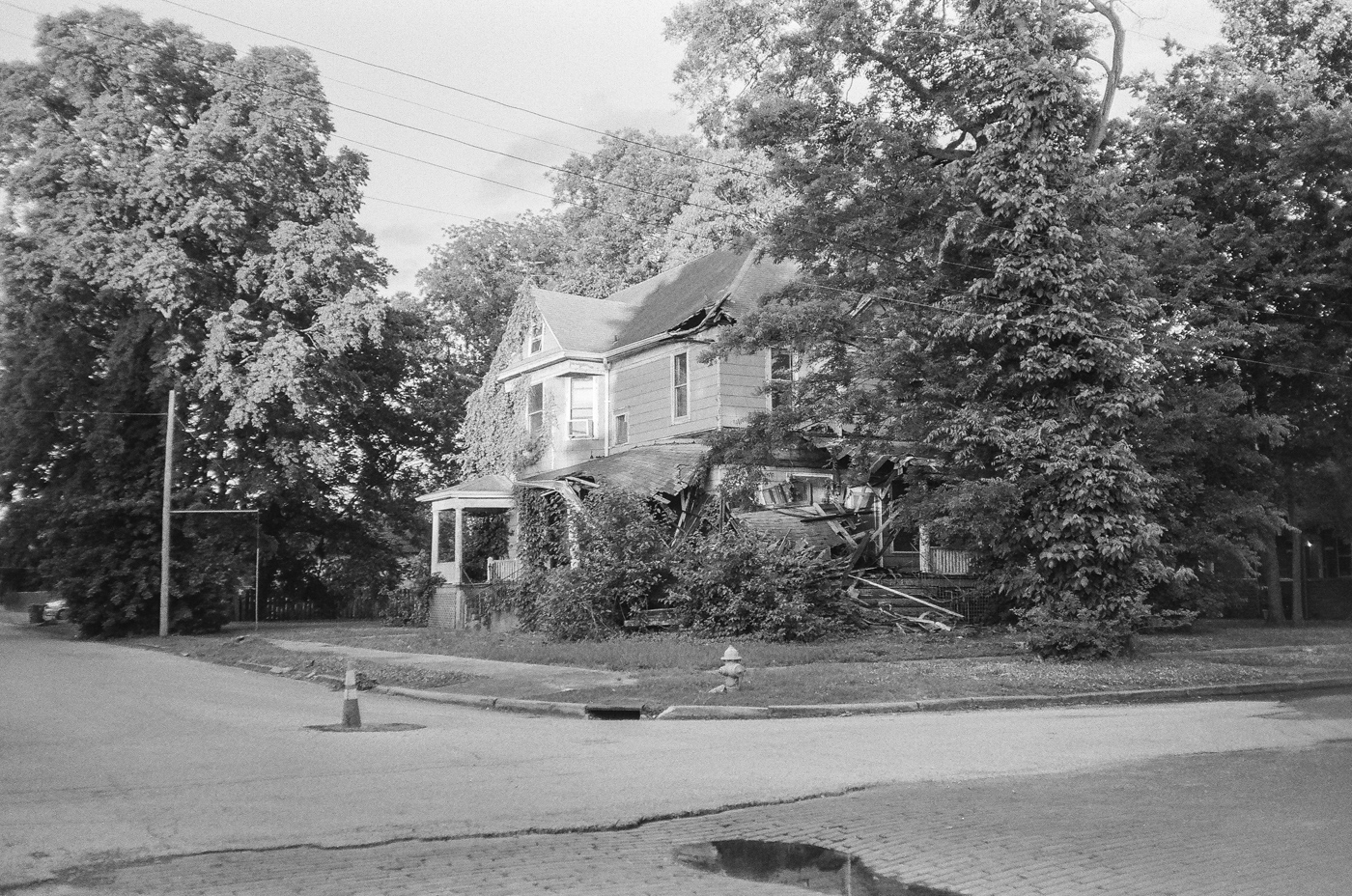

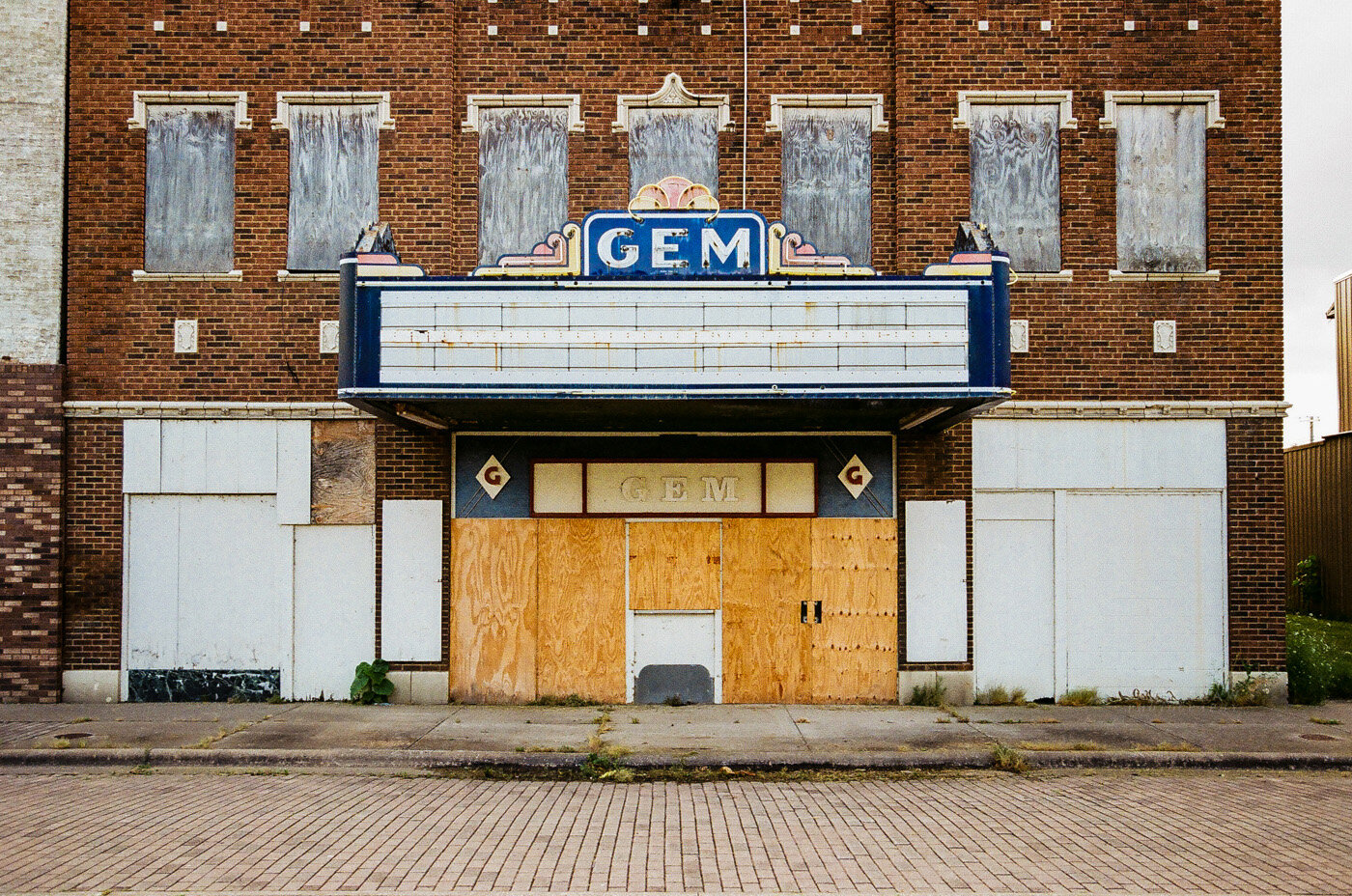
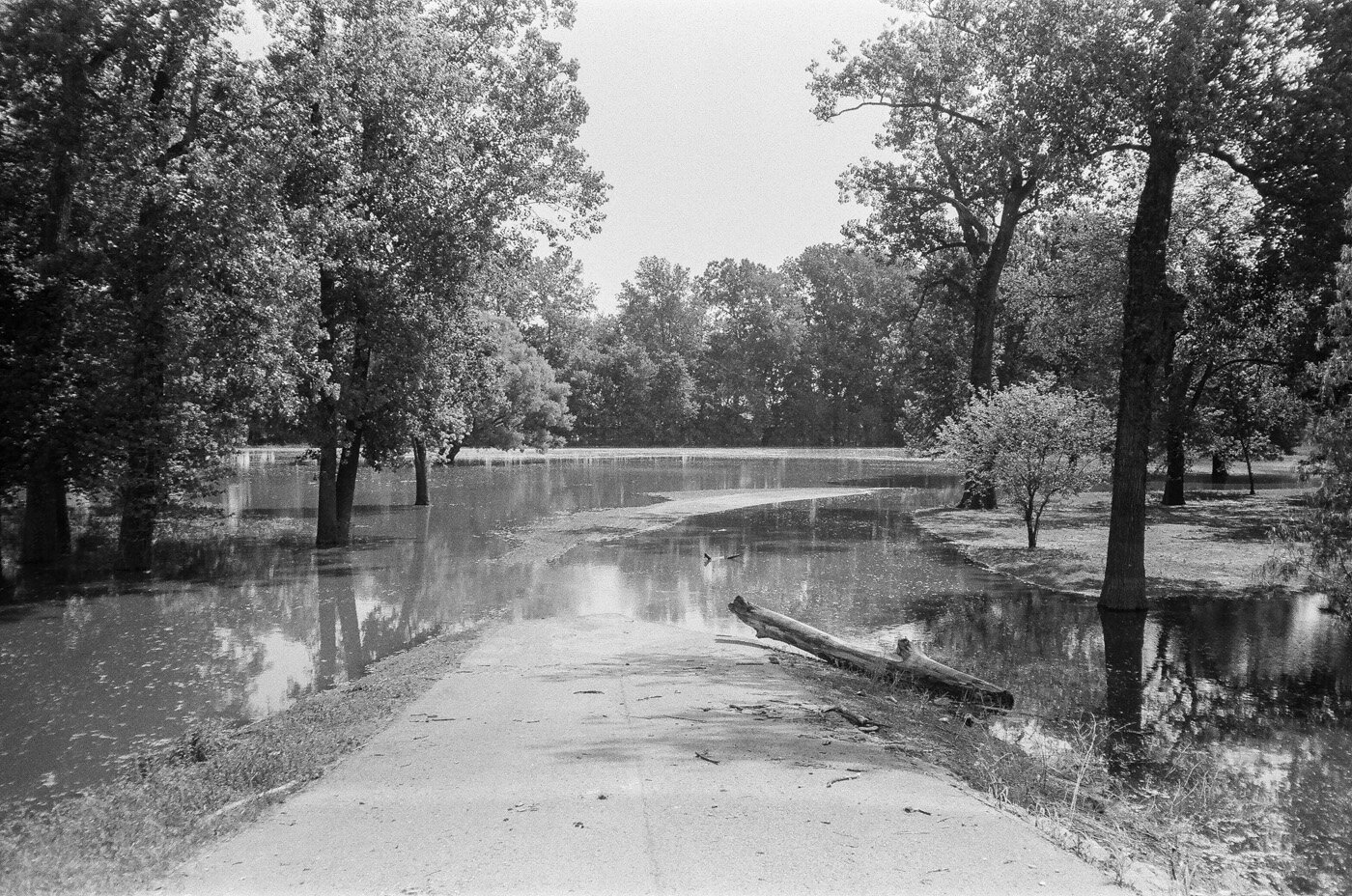

Ultimately, the perfect storm happened here. And while I will keep an hopeful eye on this once great river town, we need to face the truth: Cairo is dead.
In a town with no grocery store, no gas station, no tax revenue, and most importantly, no business, it’s all but impossible to see a healthy future for Cairo. The town has been on life support for decades now, and even that is putting it kindly. With the closing of two schools and the only public housing in town, there’s just nothing left to save. It’s truly sad, given its vibrant history and perfect location on two vital rivers.
Cairo is now a story of warning. We should study what happened here, because if you think this can’t happen where you’re from, you’re wrong. Tides turn, rivers shift.
This project is far from complete
Consider this post Part I, a very broad overview of a town with an insanely complicated past. I have barely scratched the surface in Cairo. While racial tension seemed to be her final downfall, it’s not as easy as condemning and entire town and her people as racist. I have much to learn and much to see.
I also don’t want to offend any of her former and current residents. Clearly there are good people that call this town home and that believe in her future. I truly hope for the best, but it’s gonna be a long, hard road. It is my very real hope that this place has better days ahead, and if so, I’ll be there to document it. So stay tuned.

